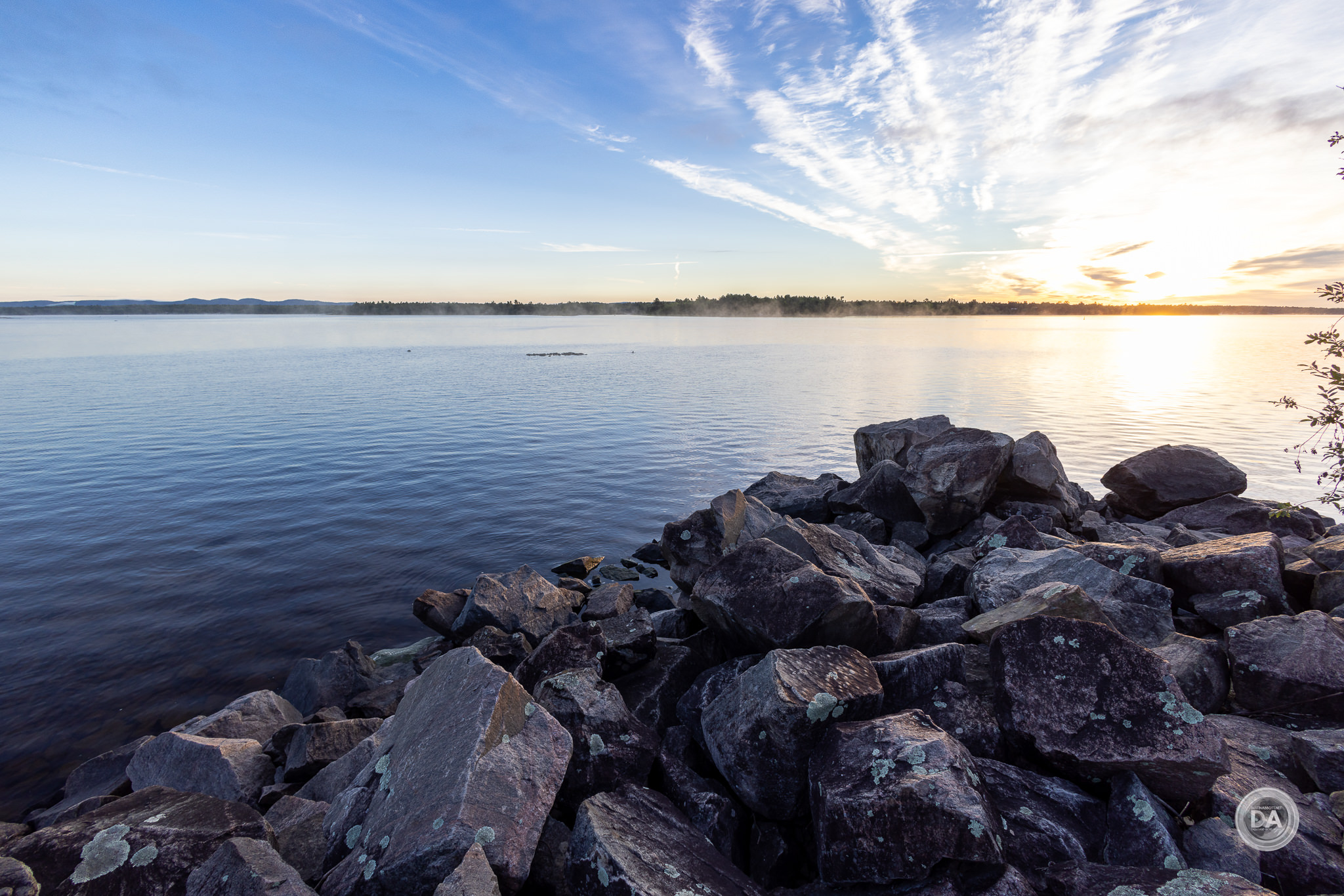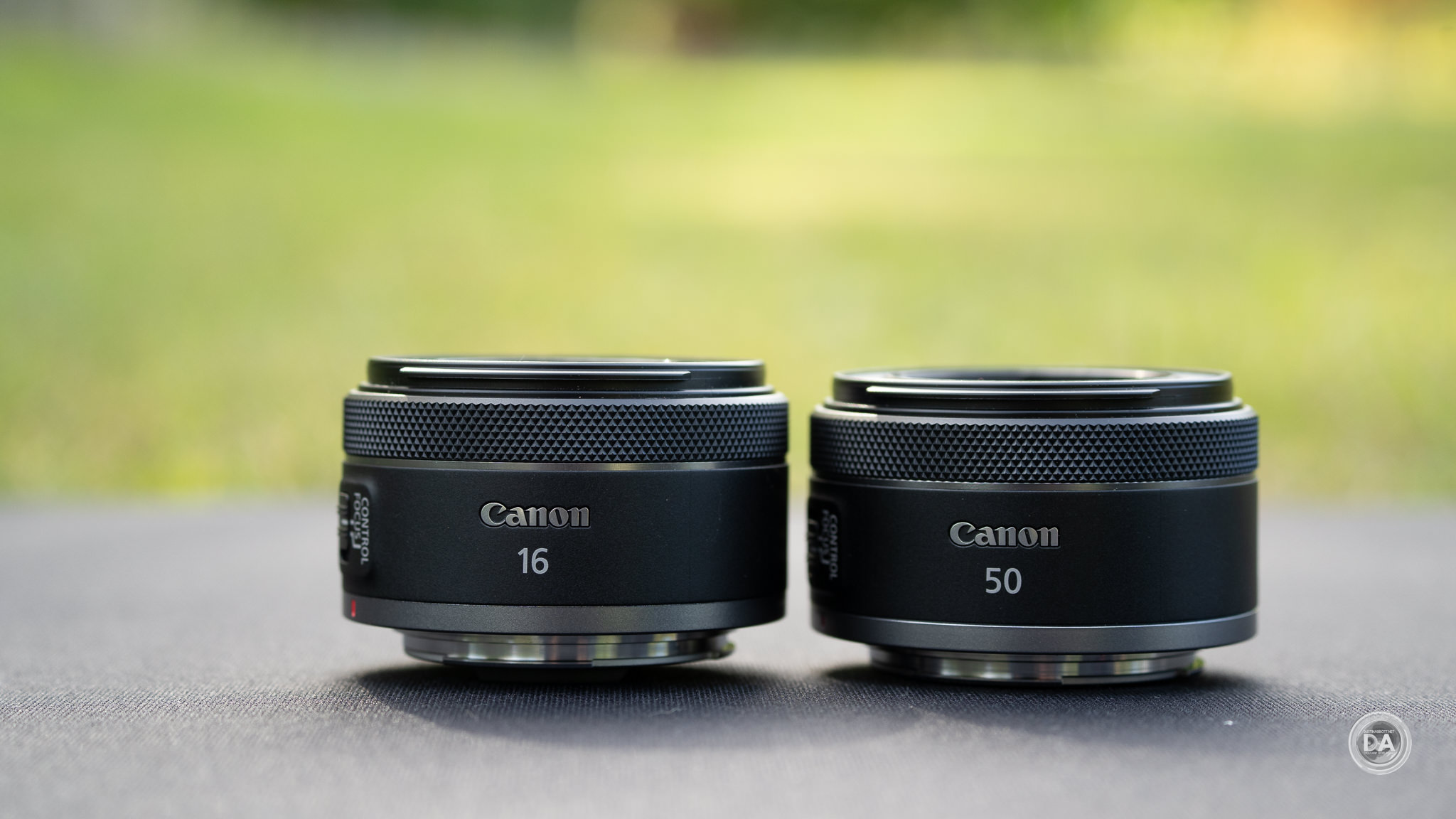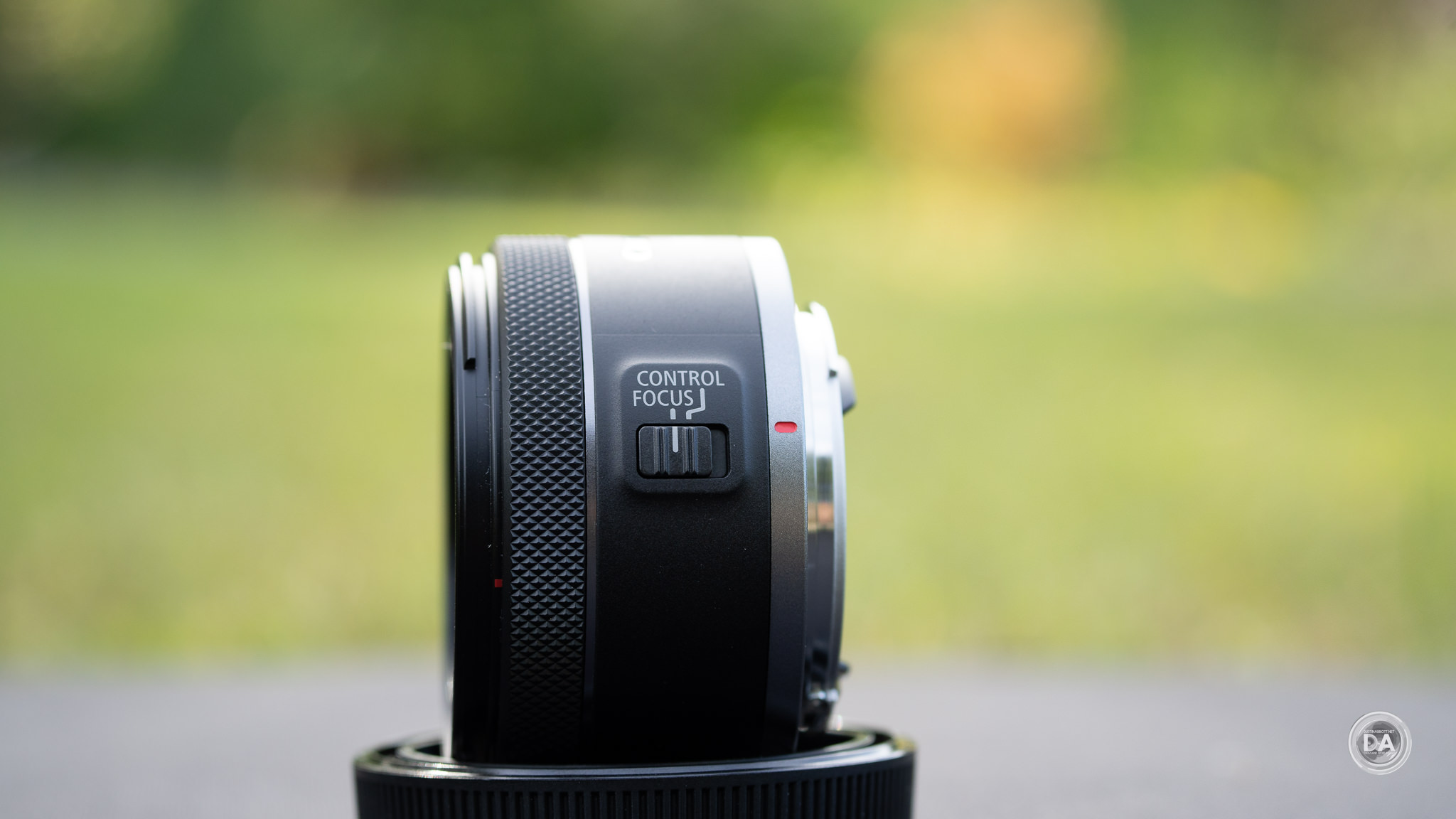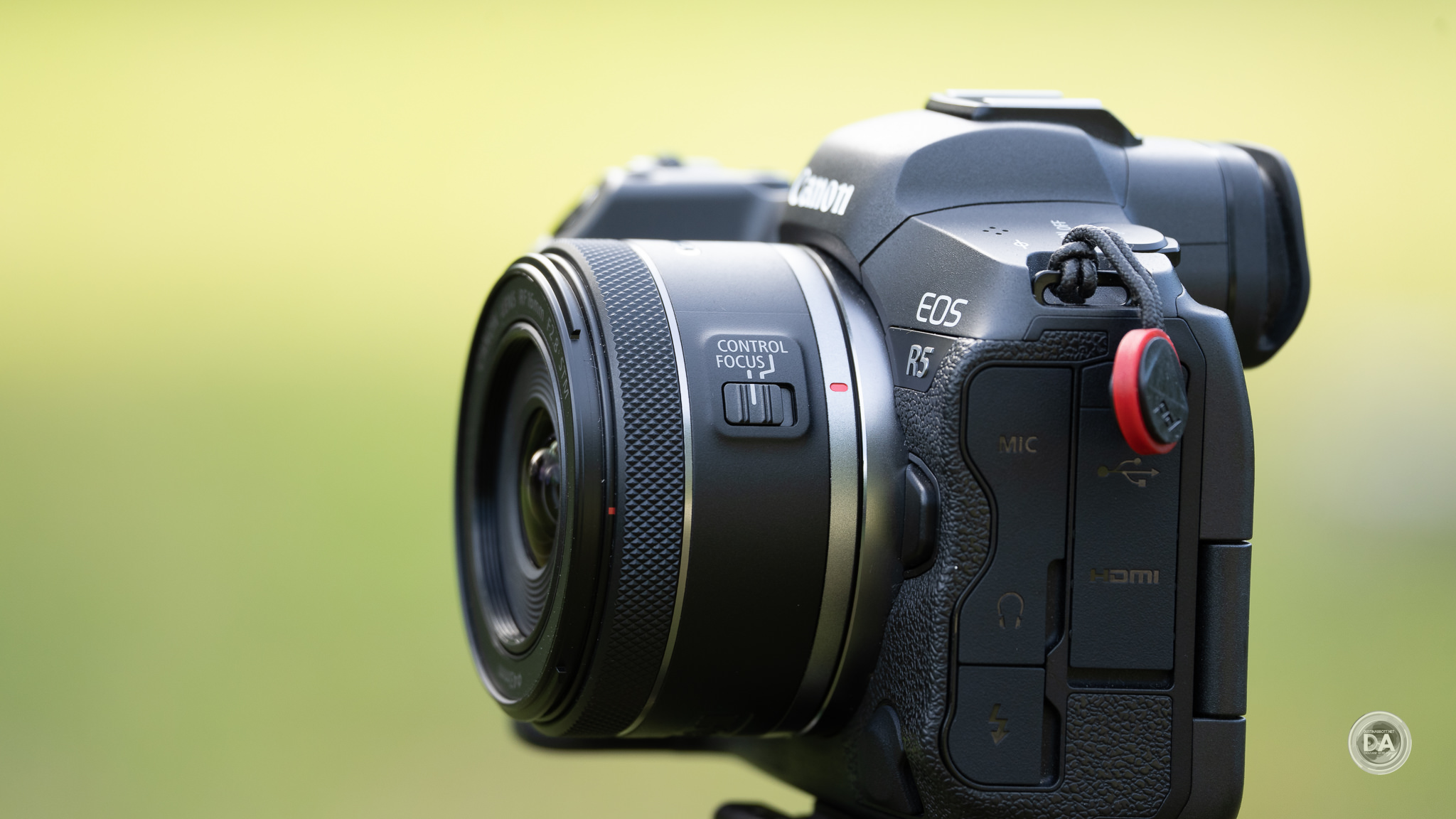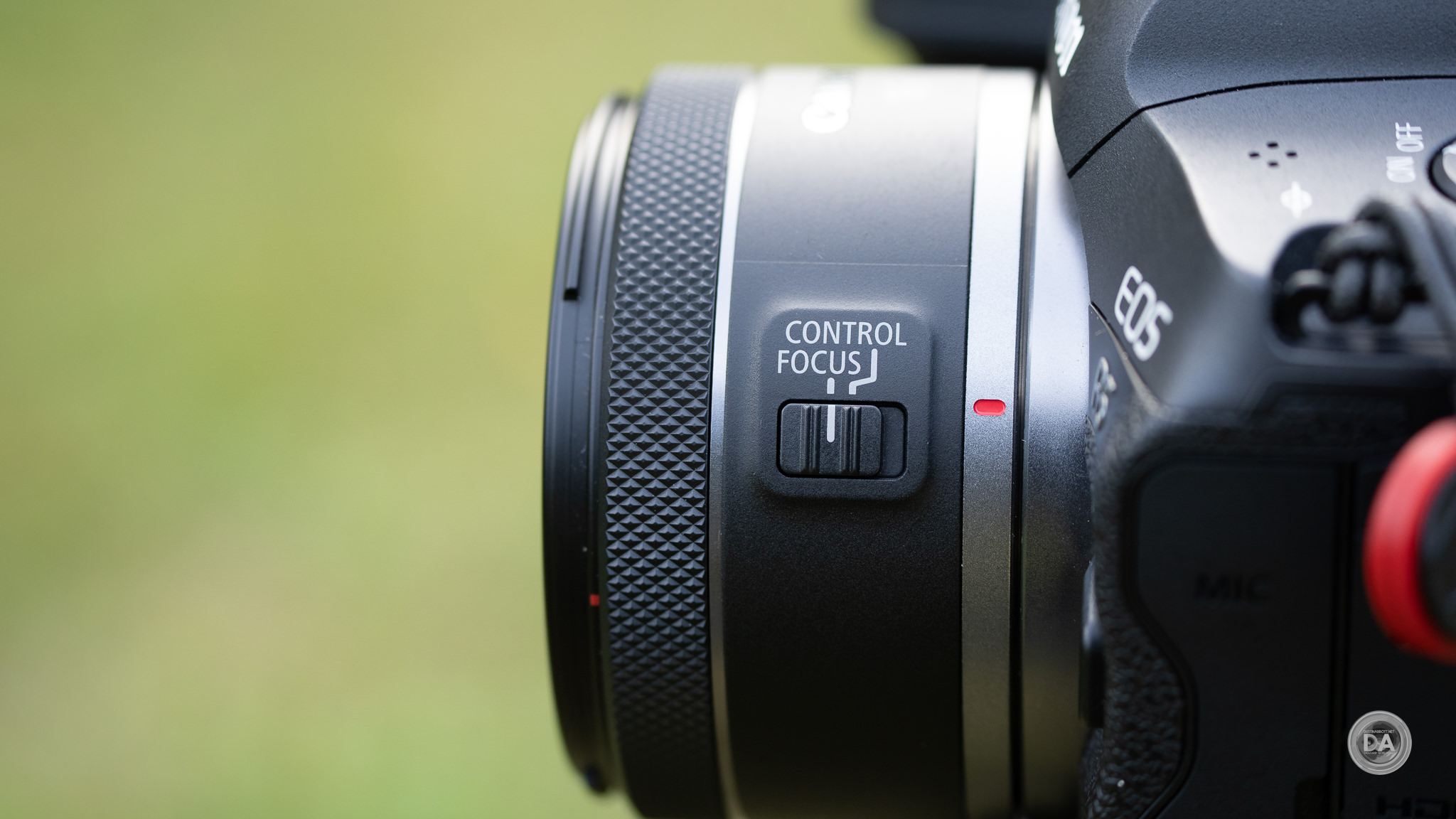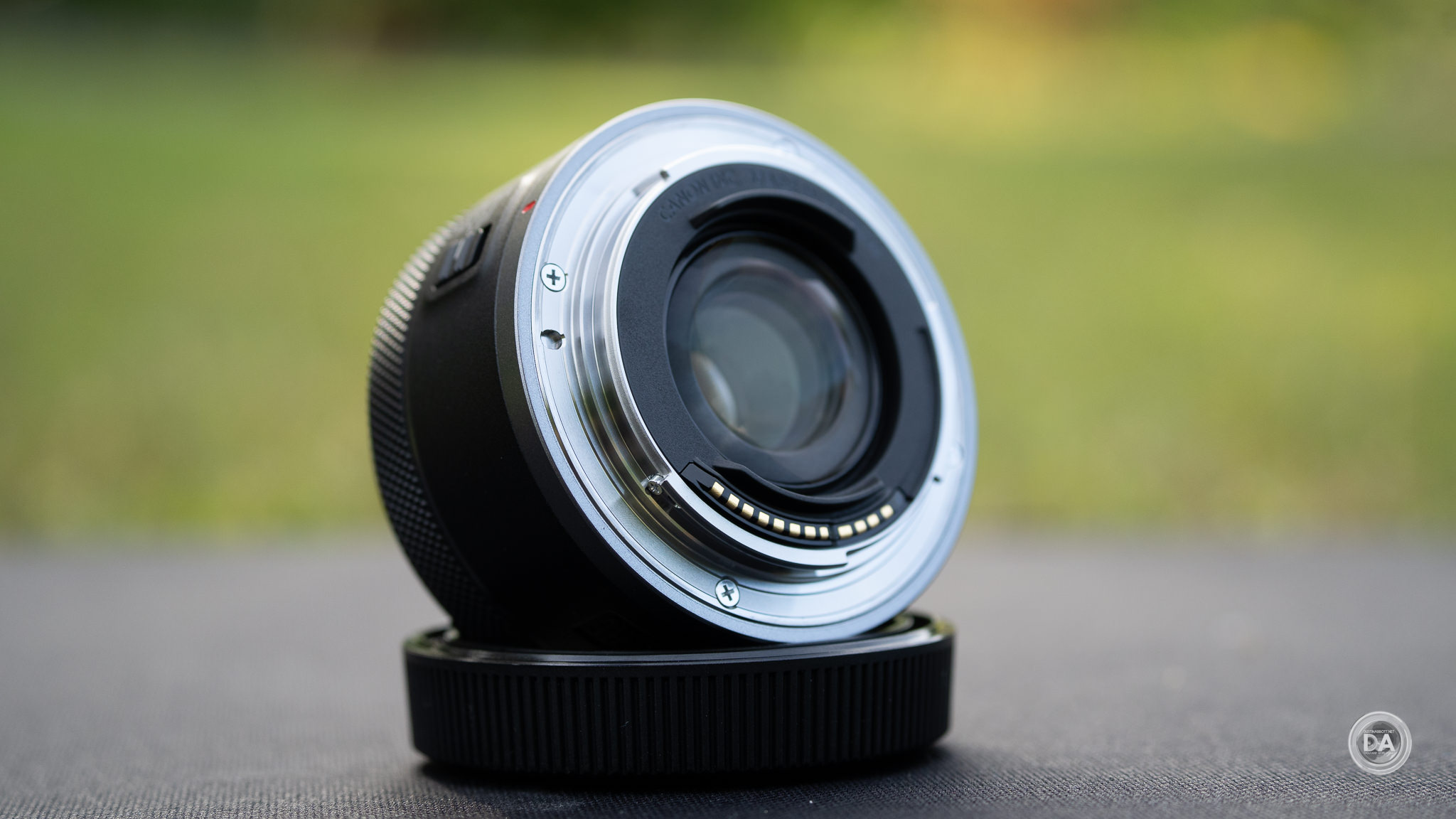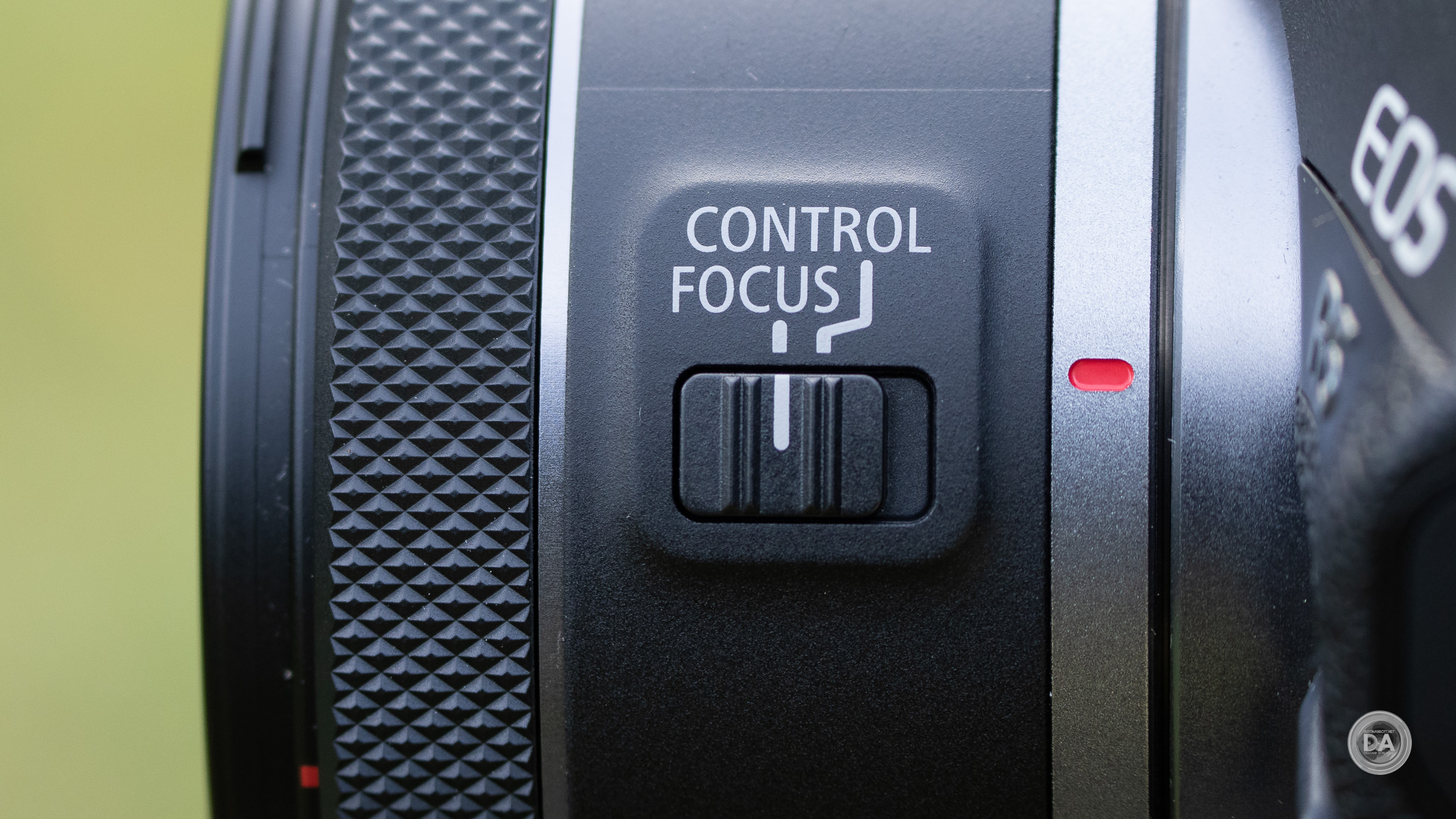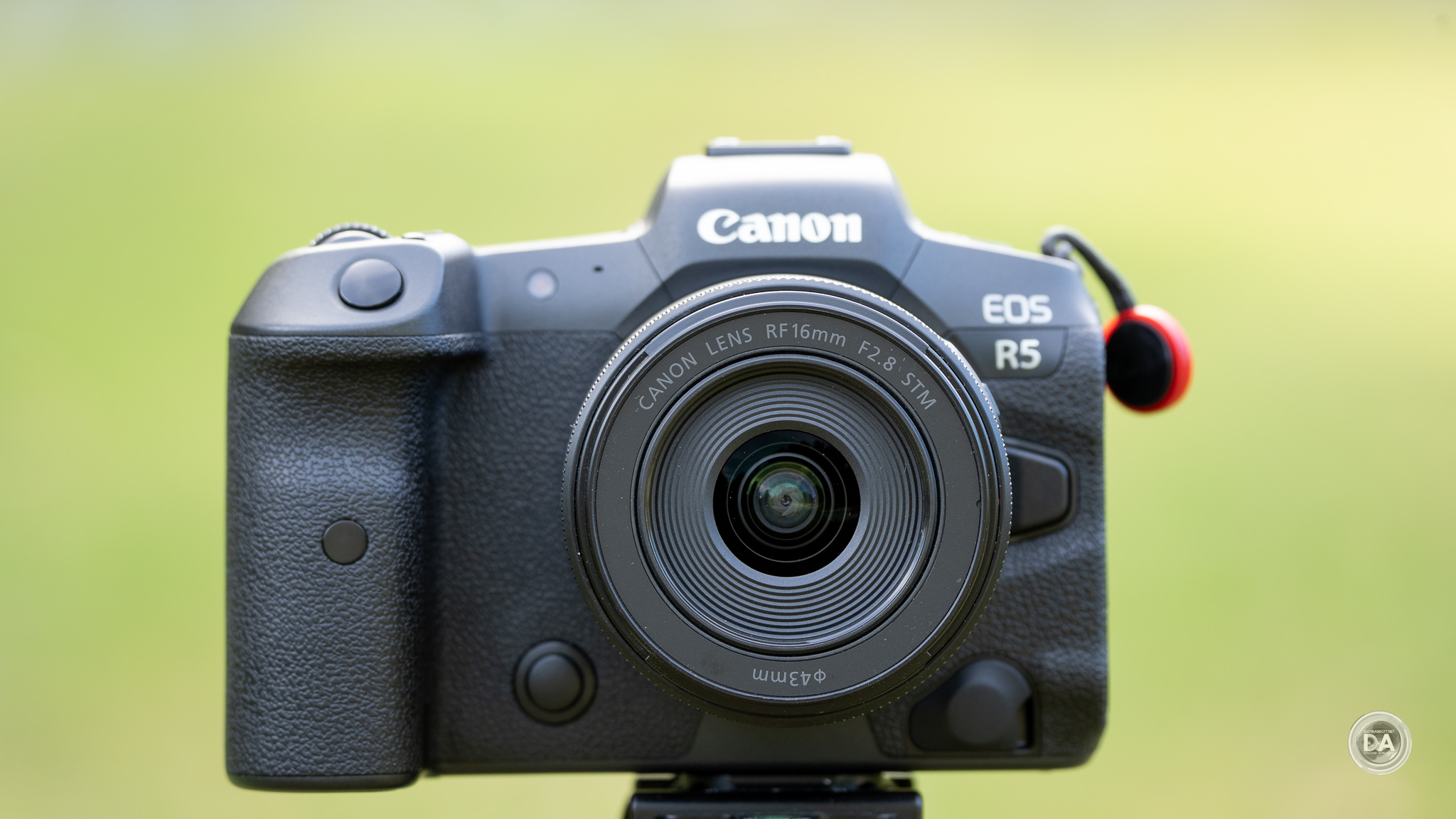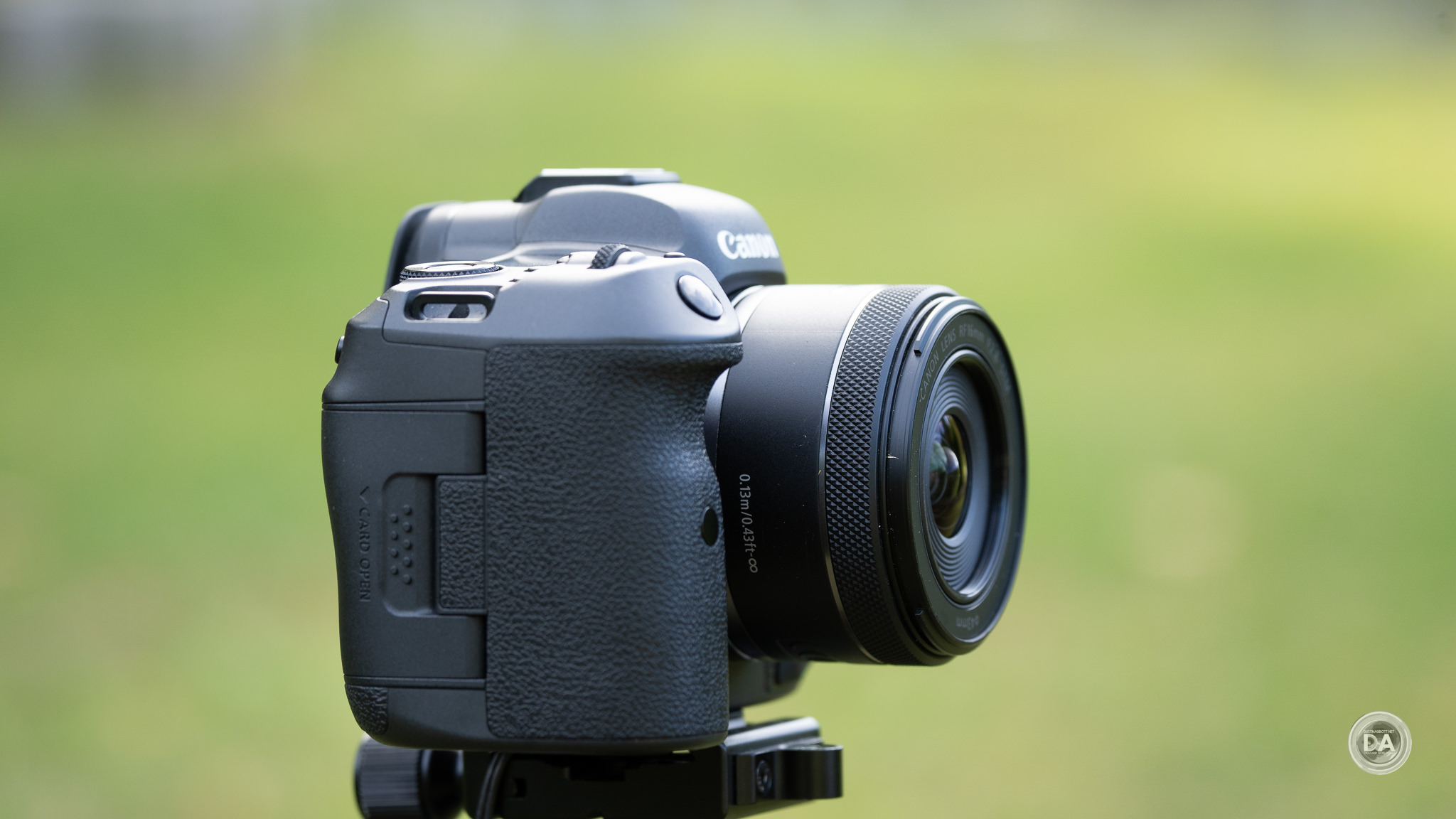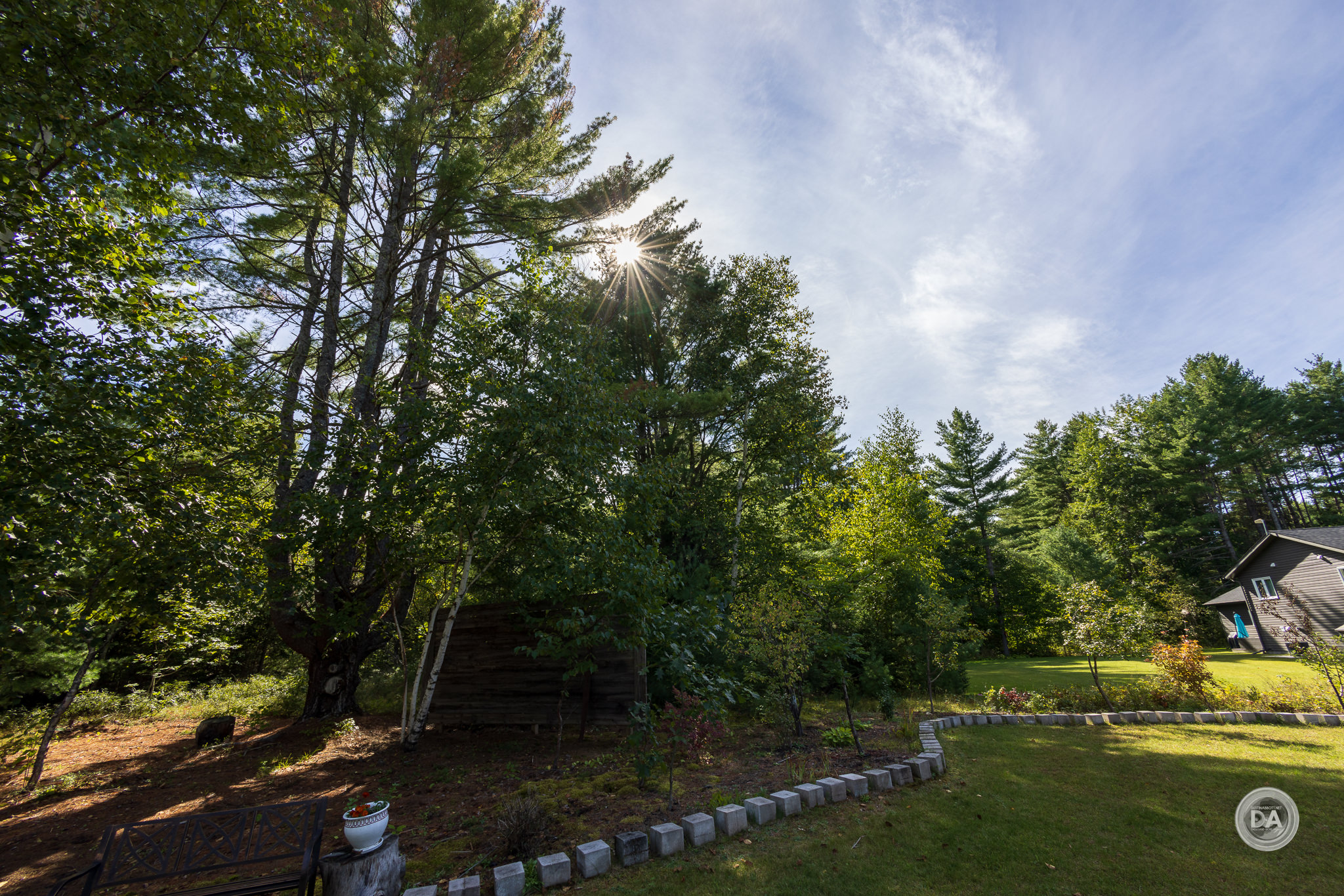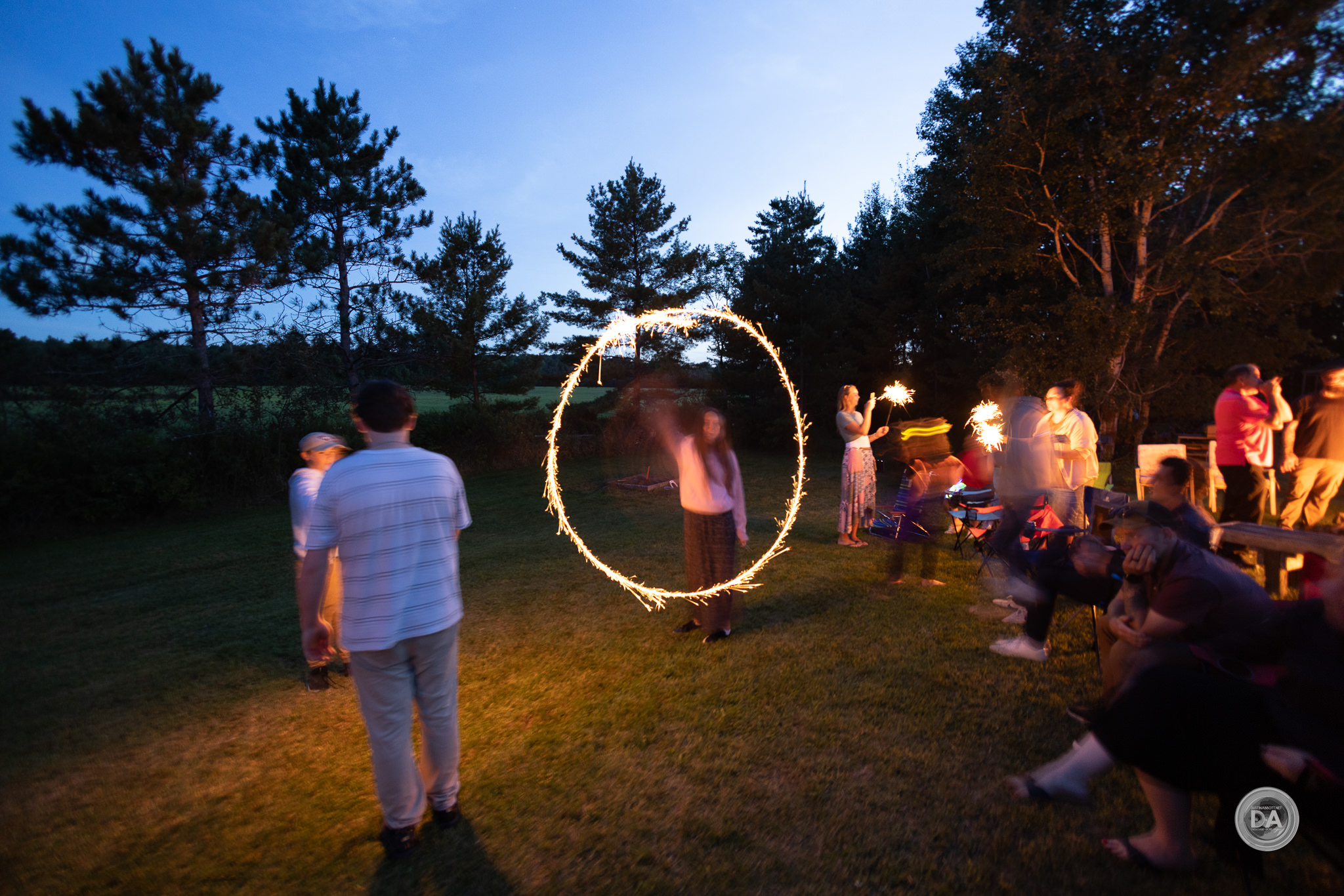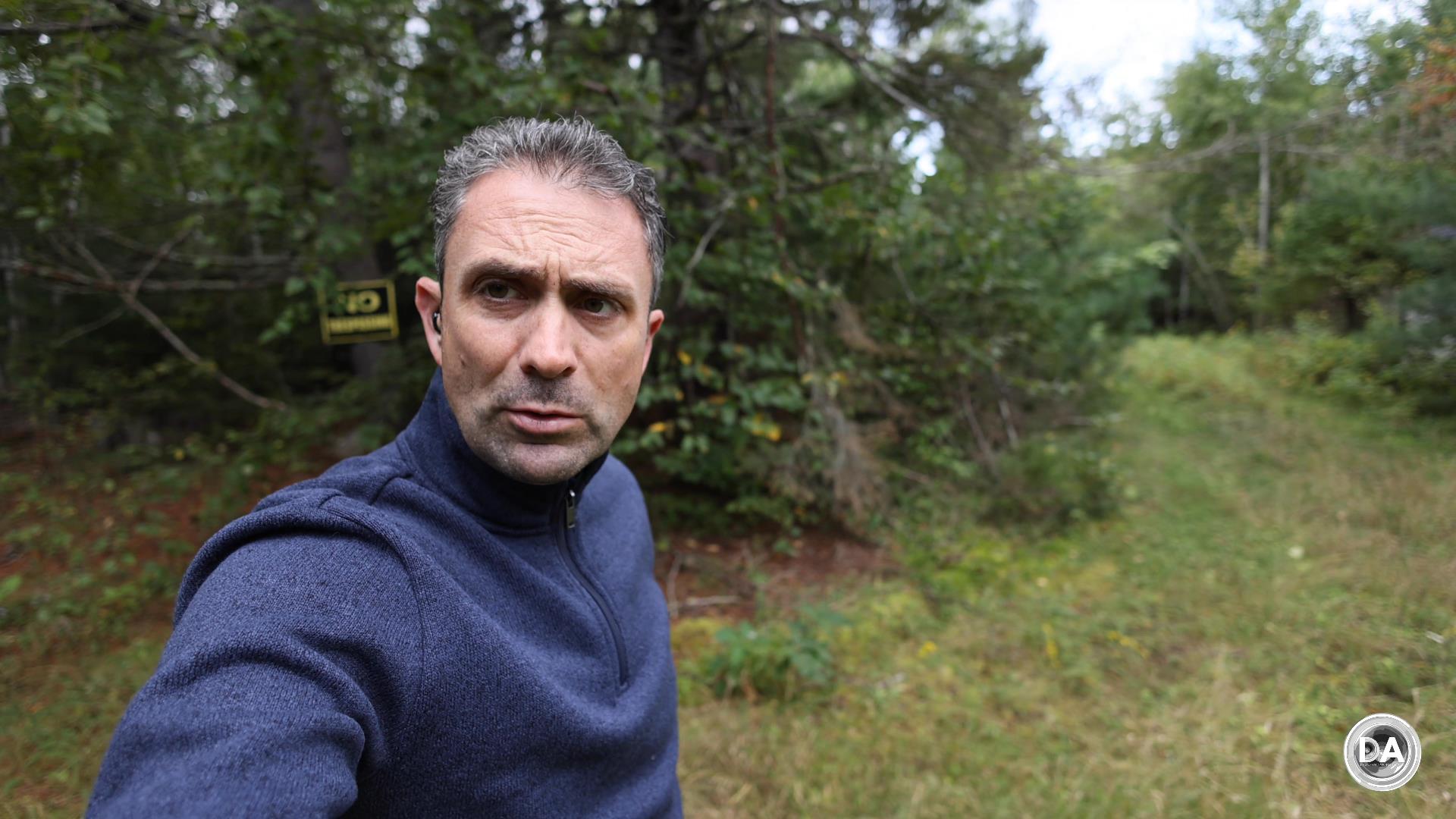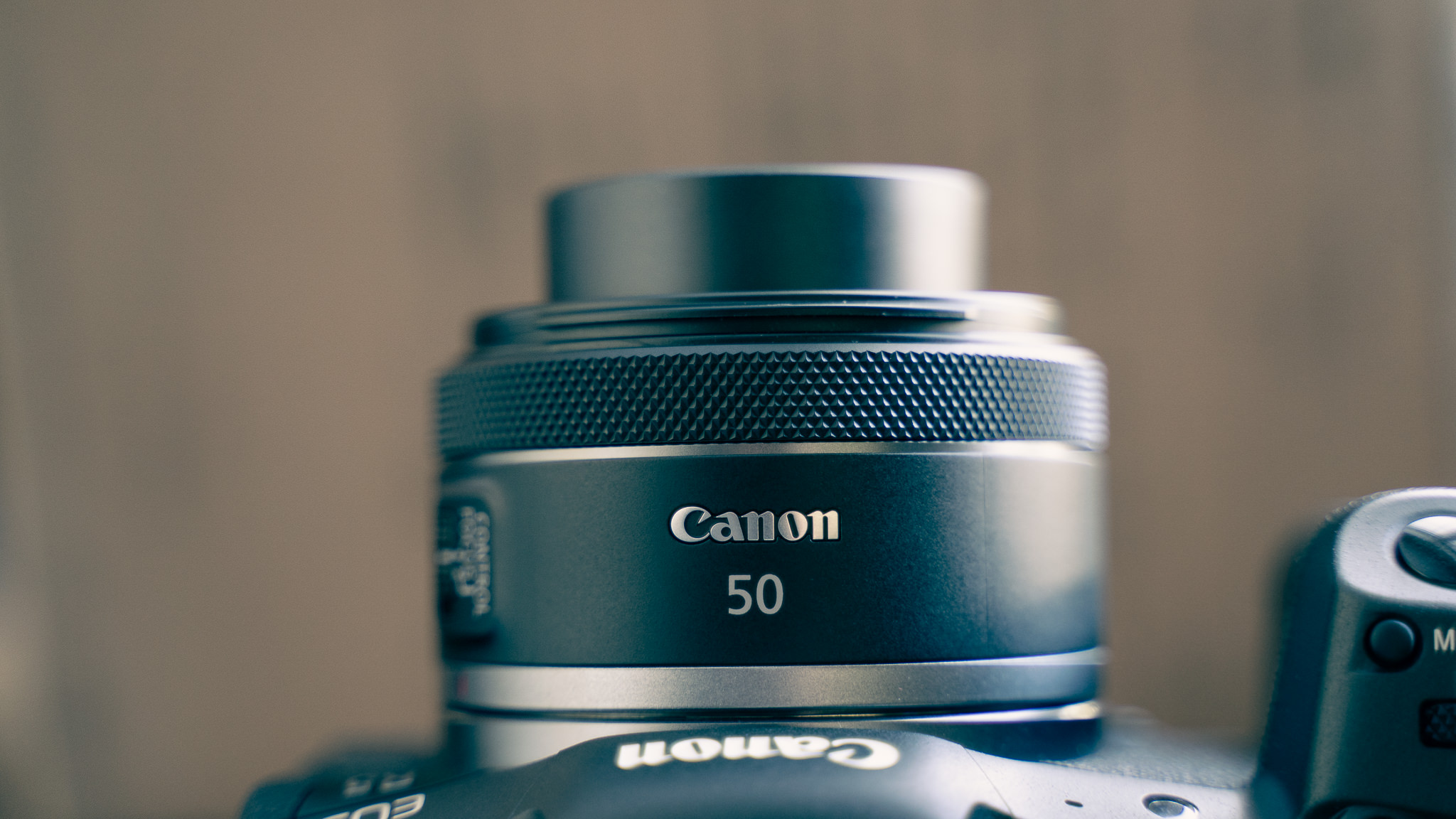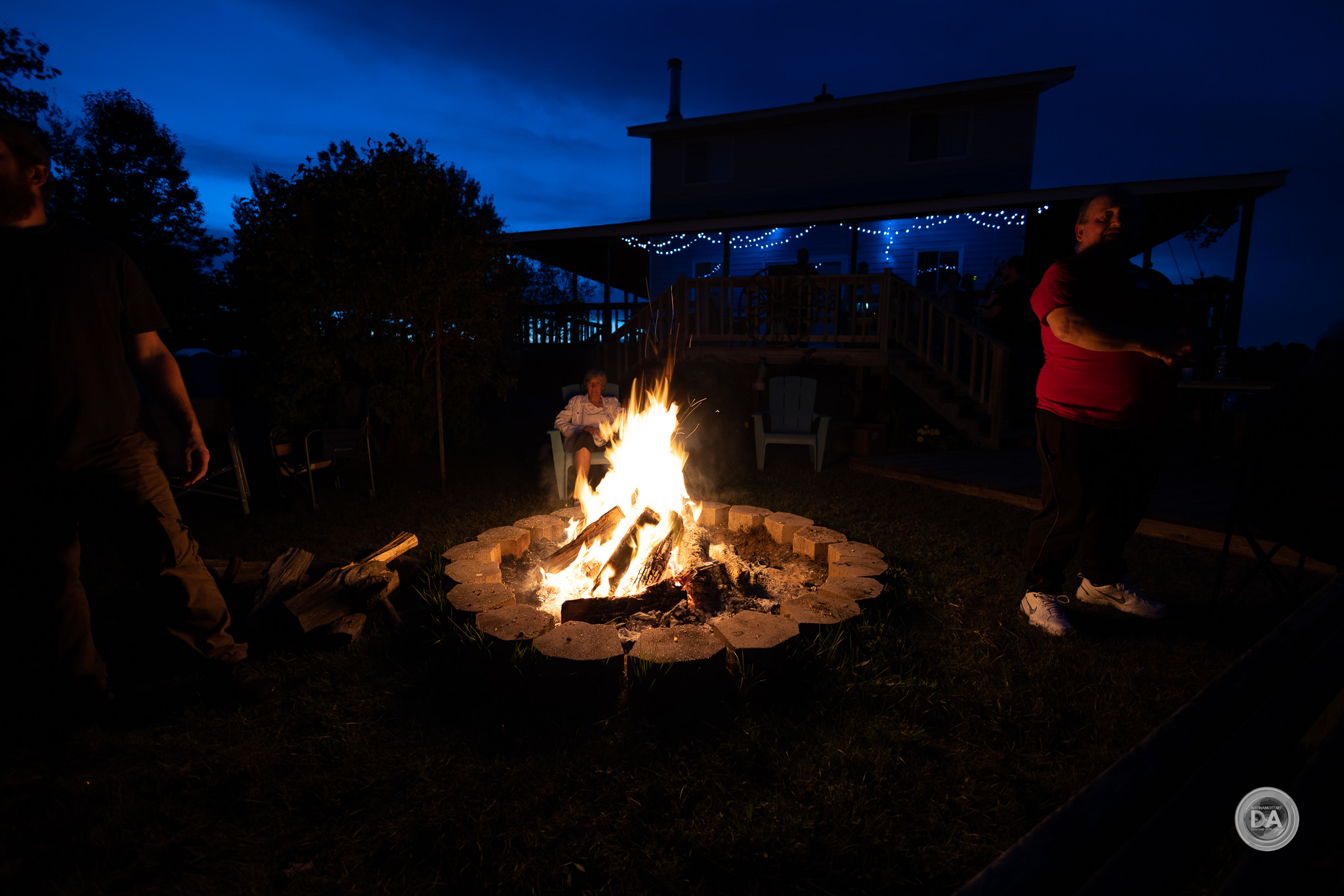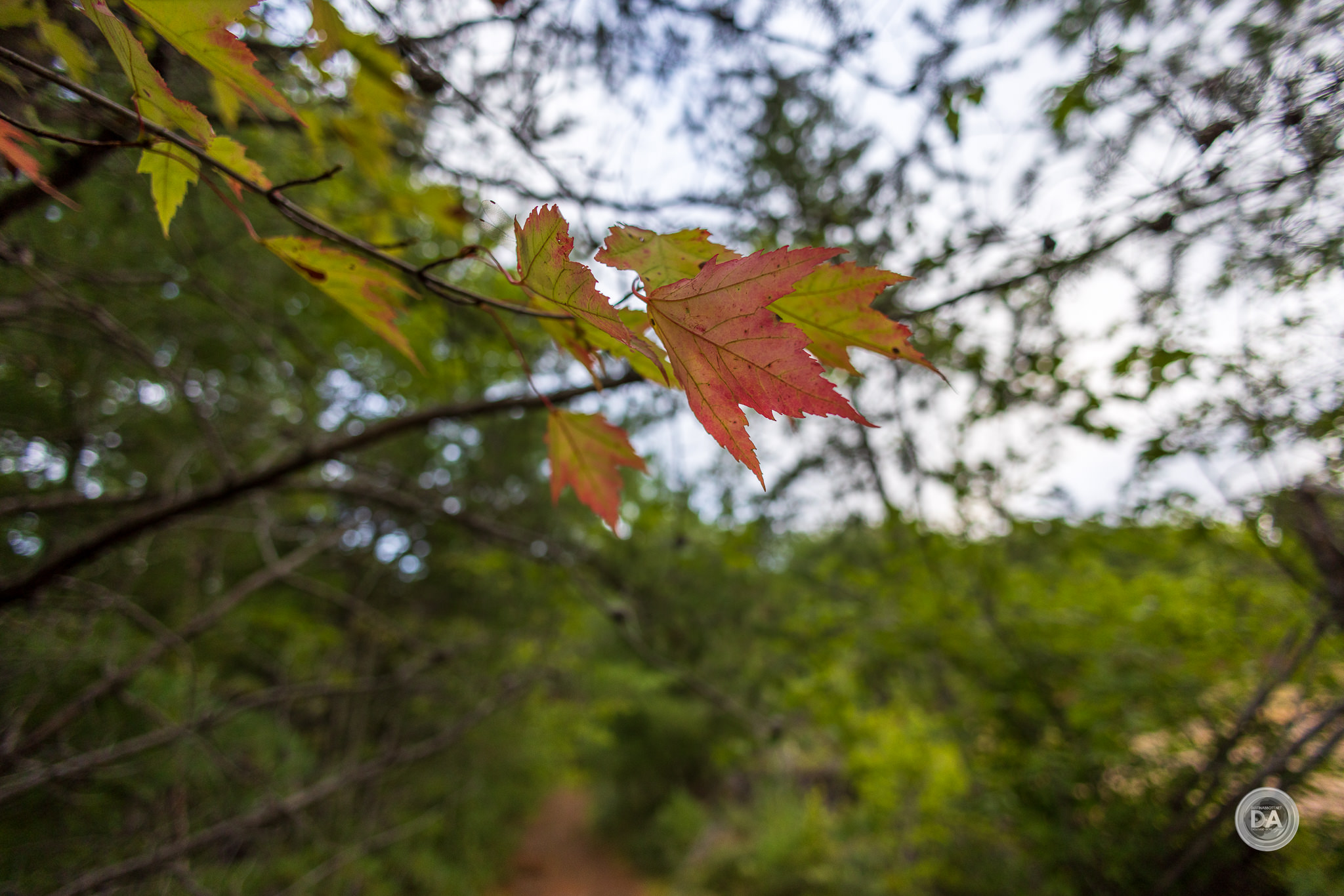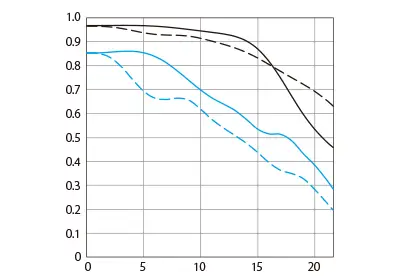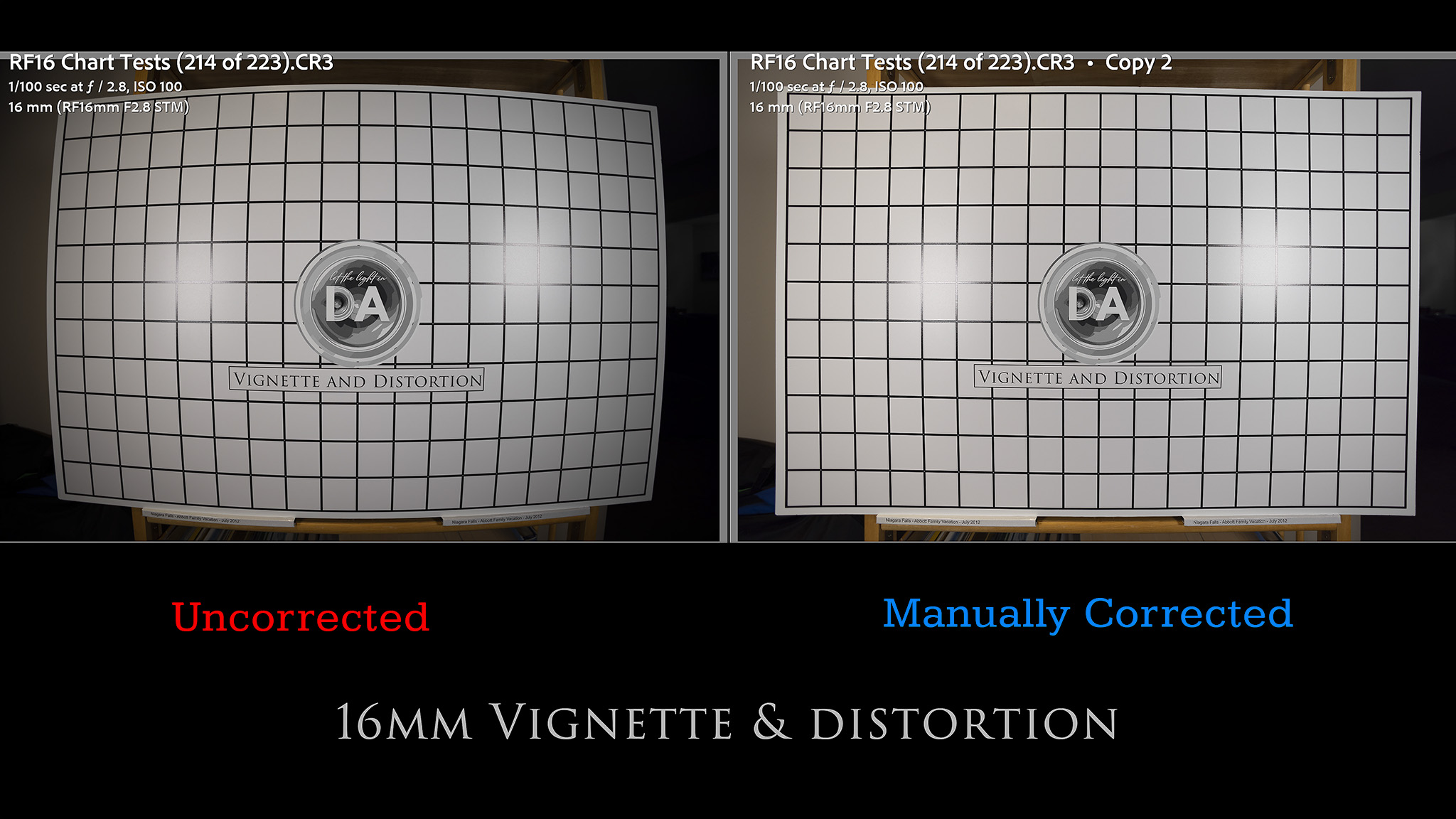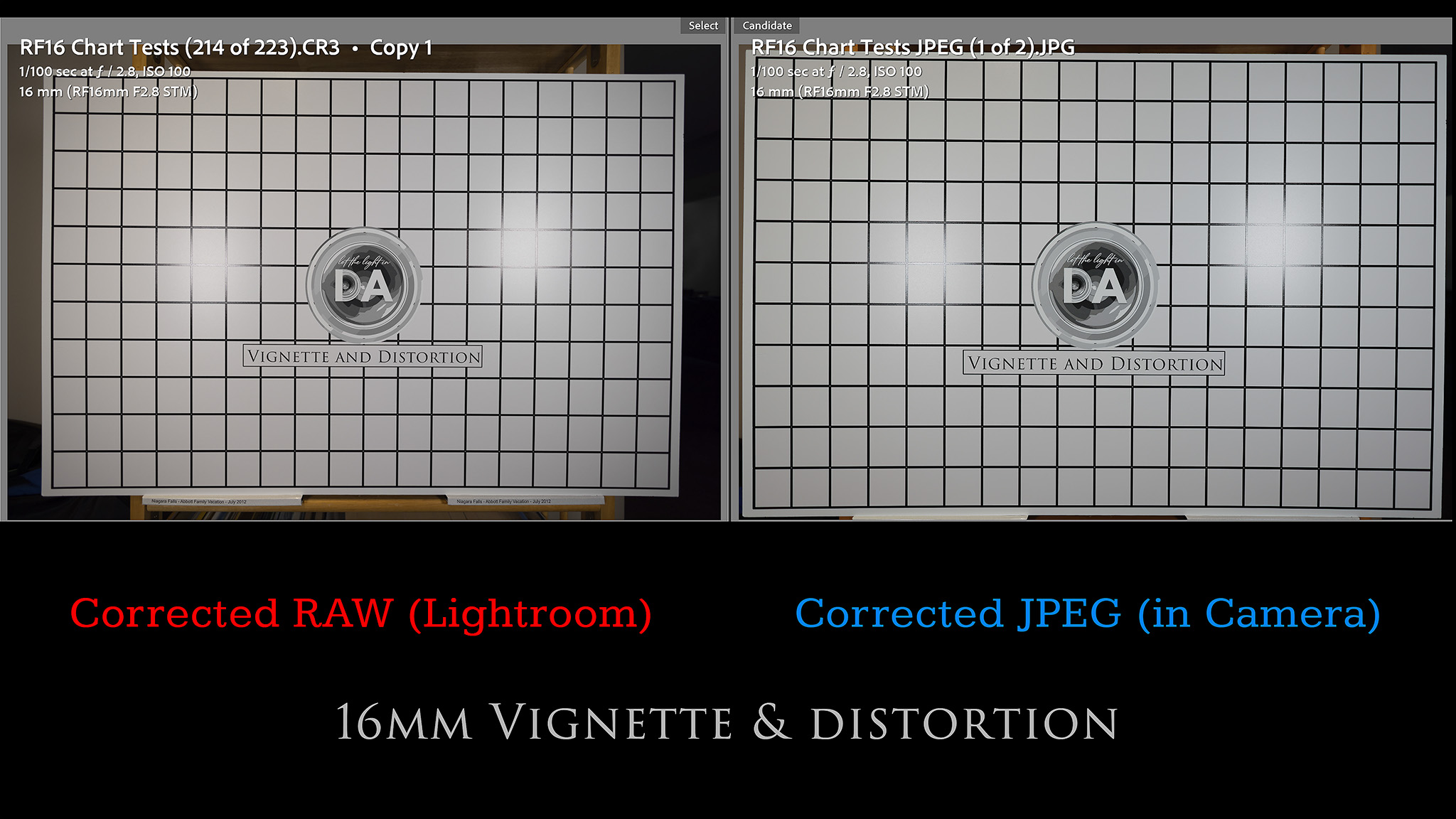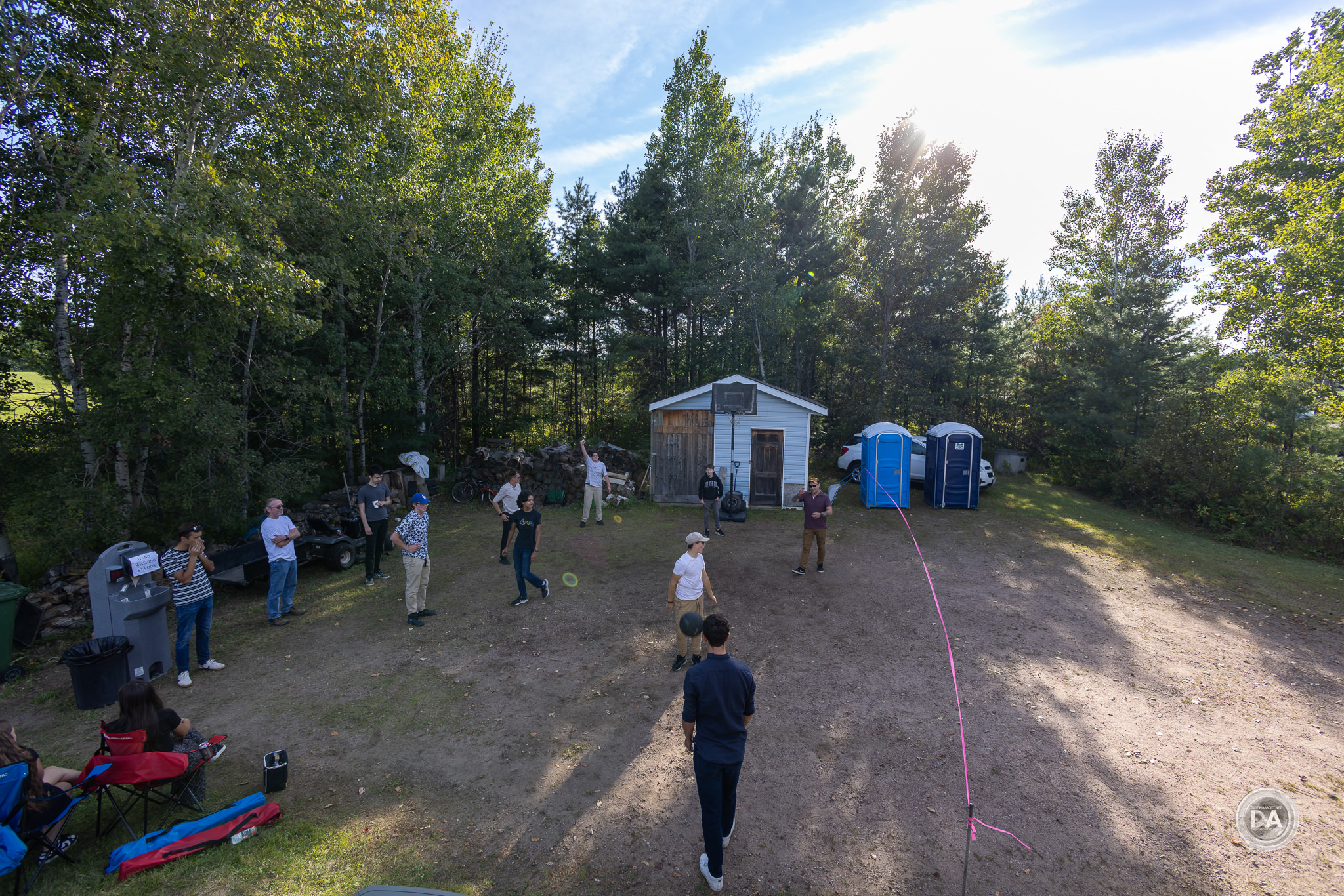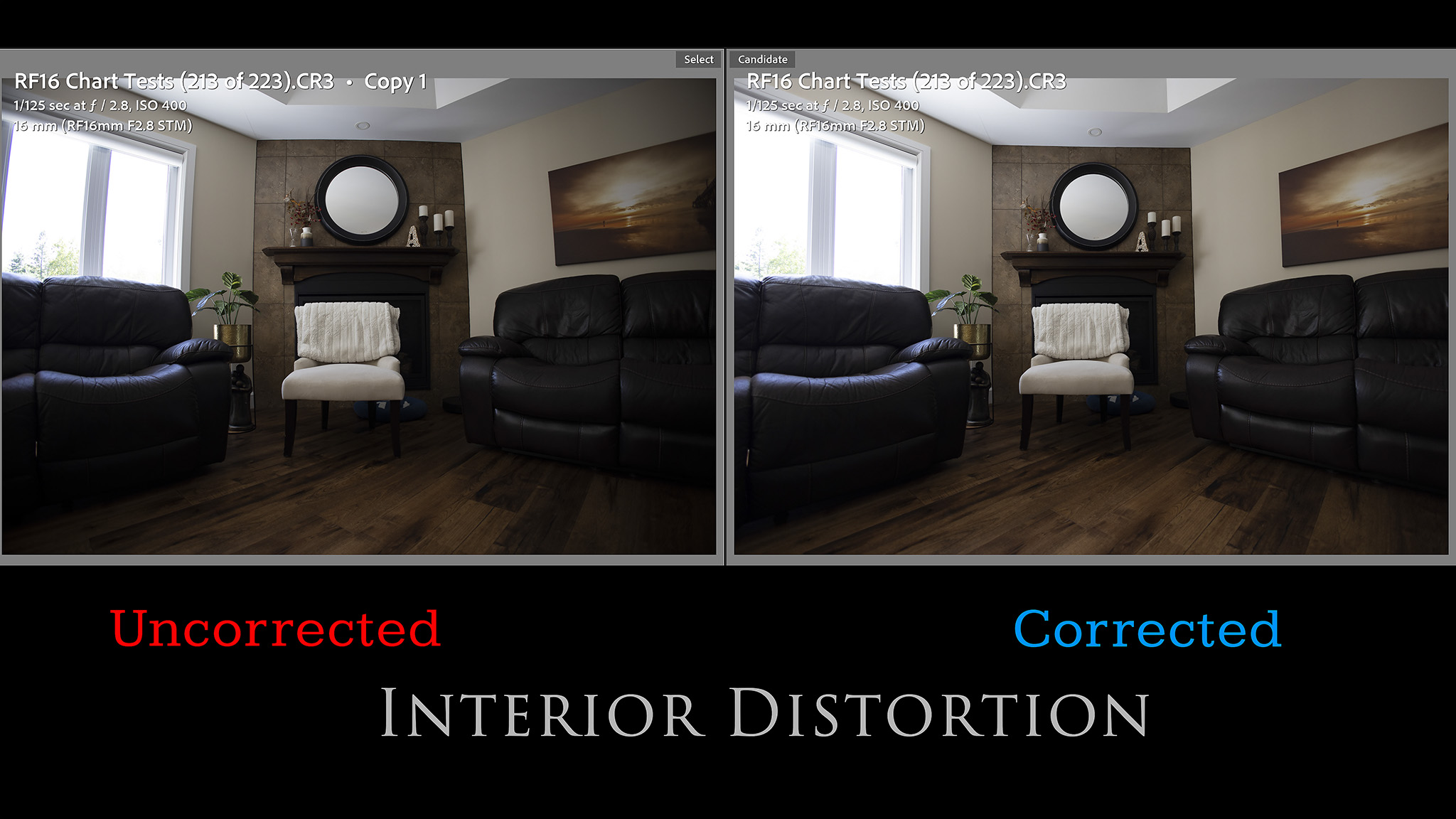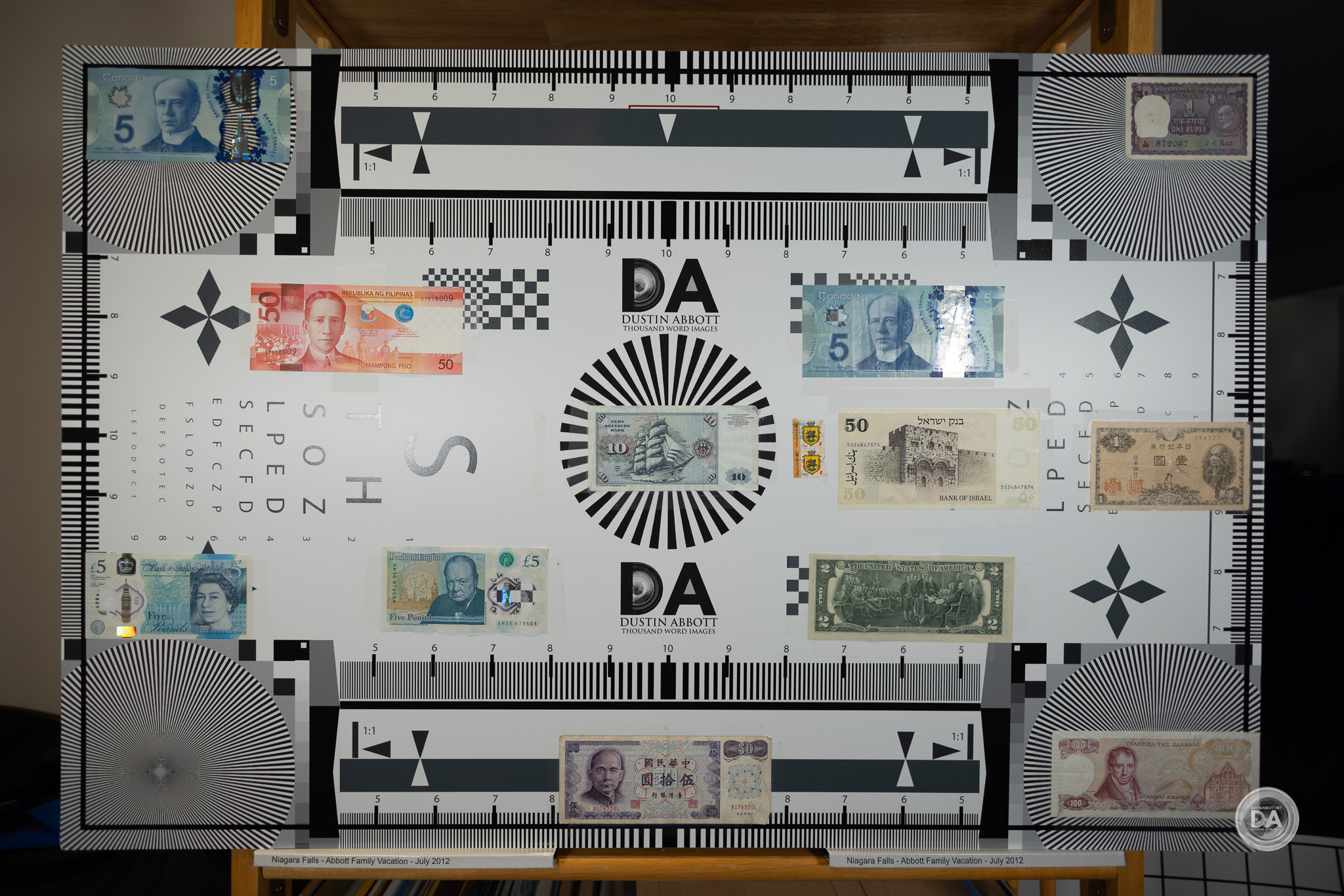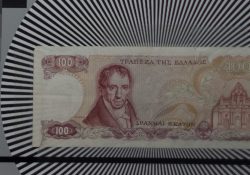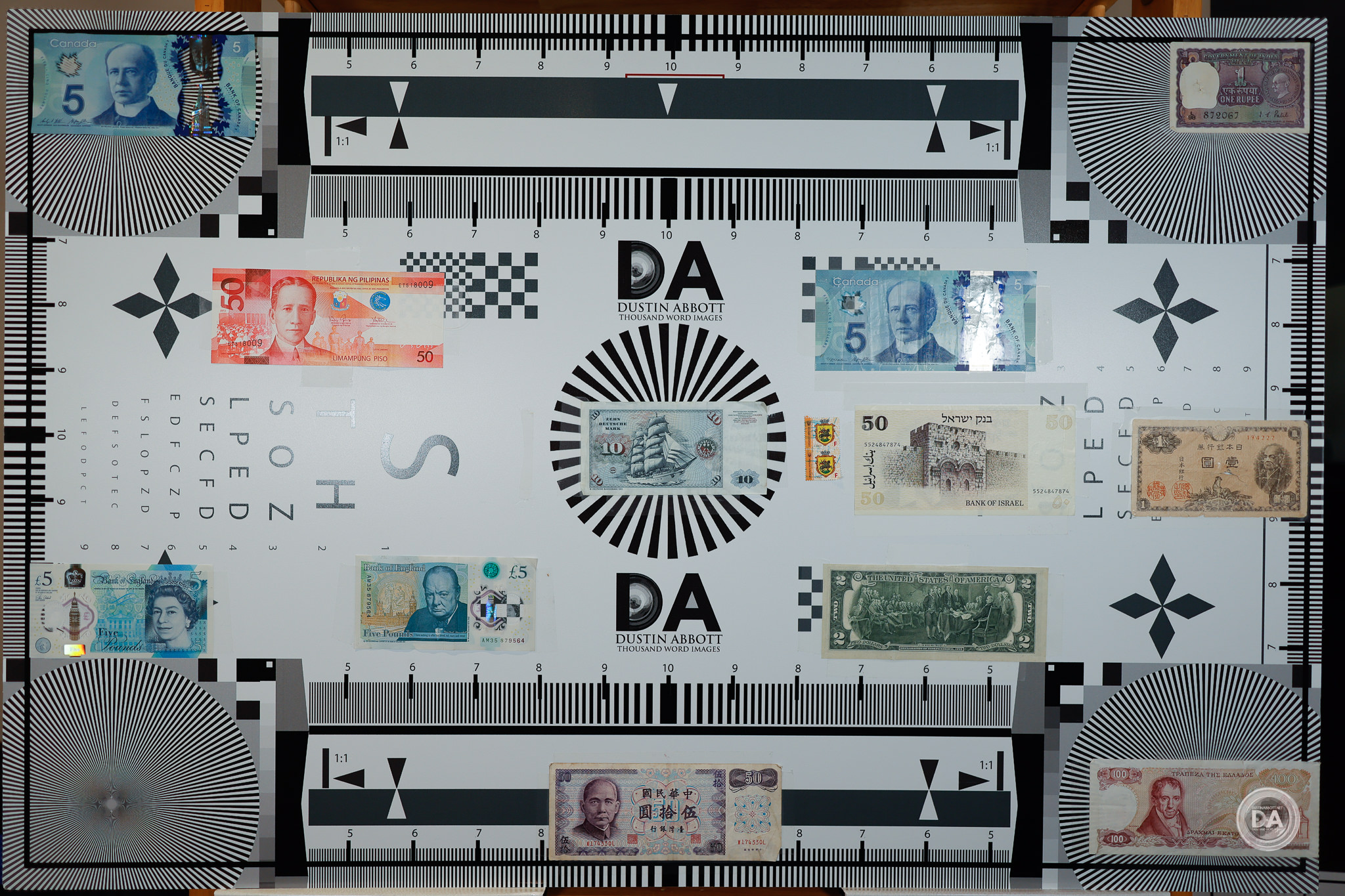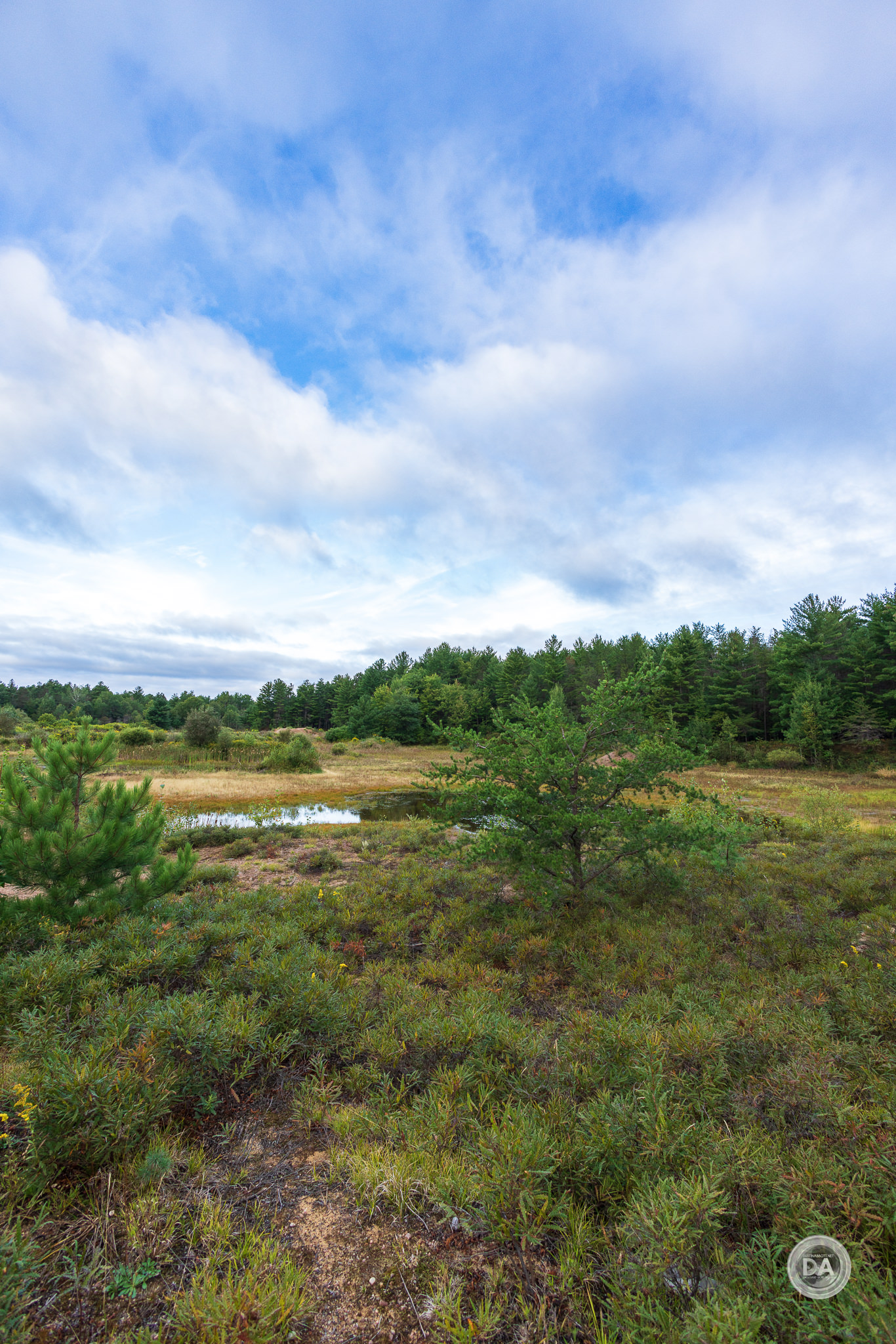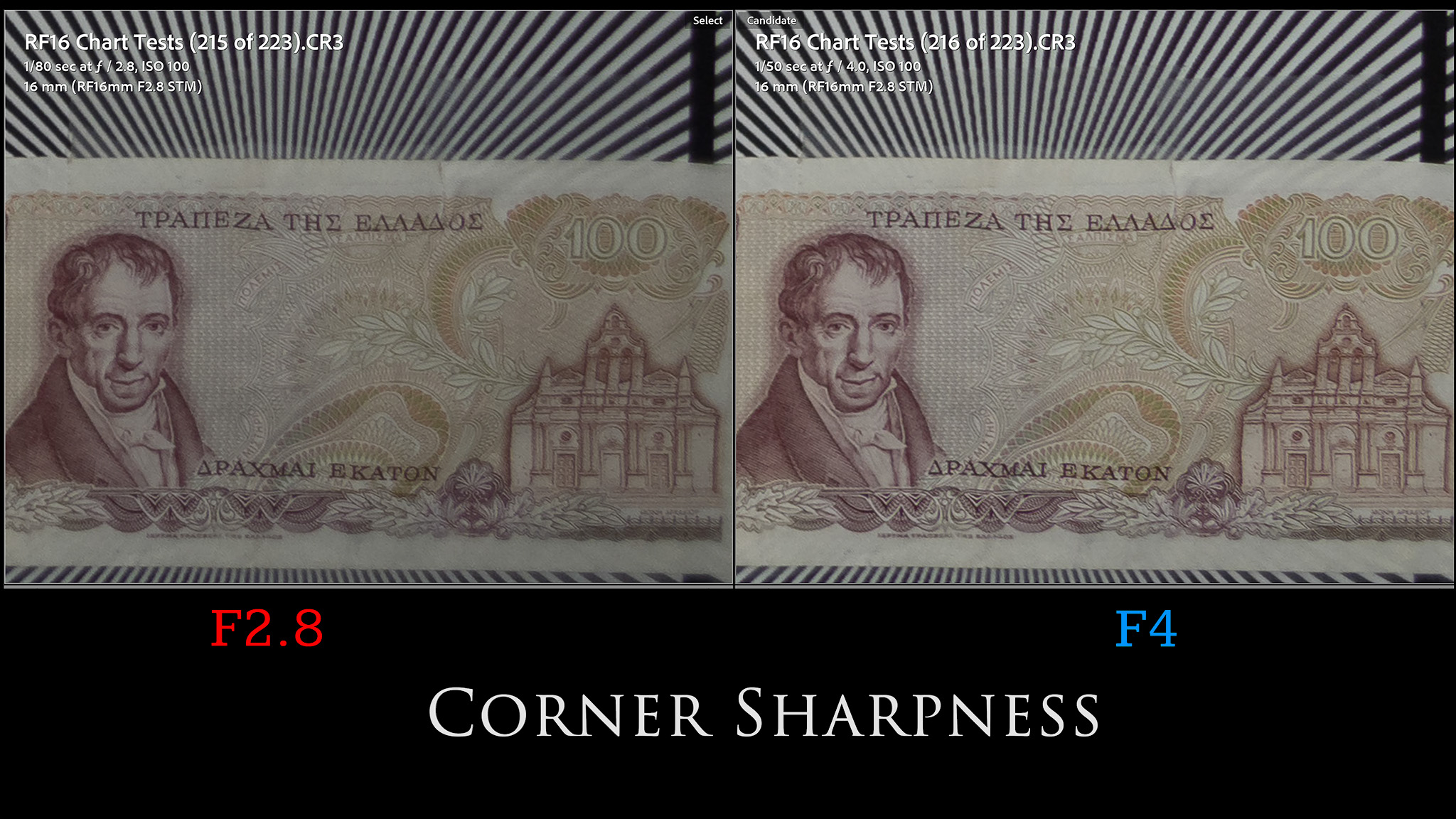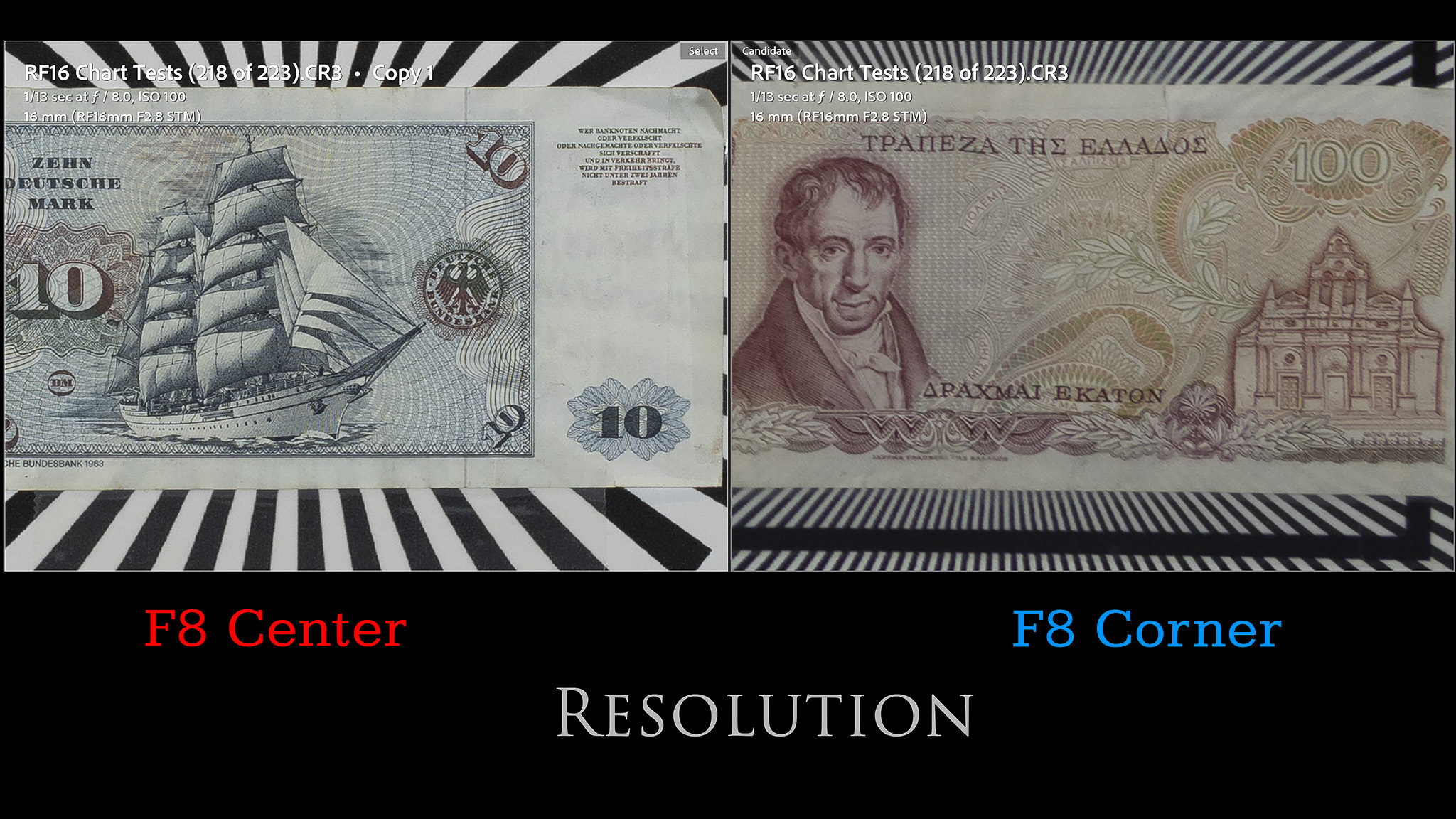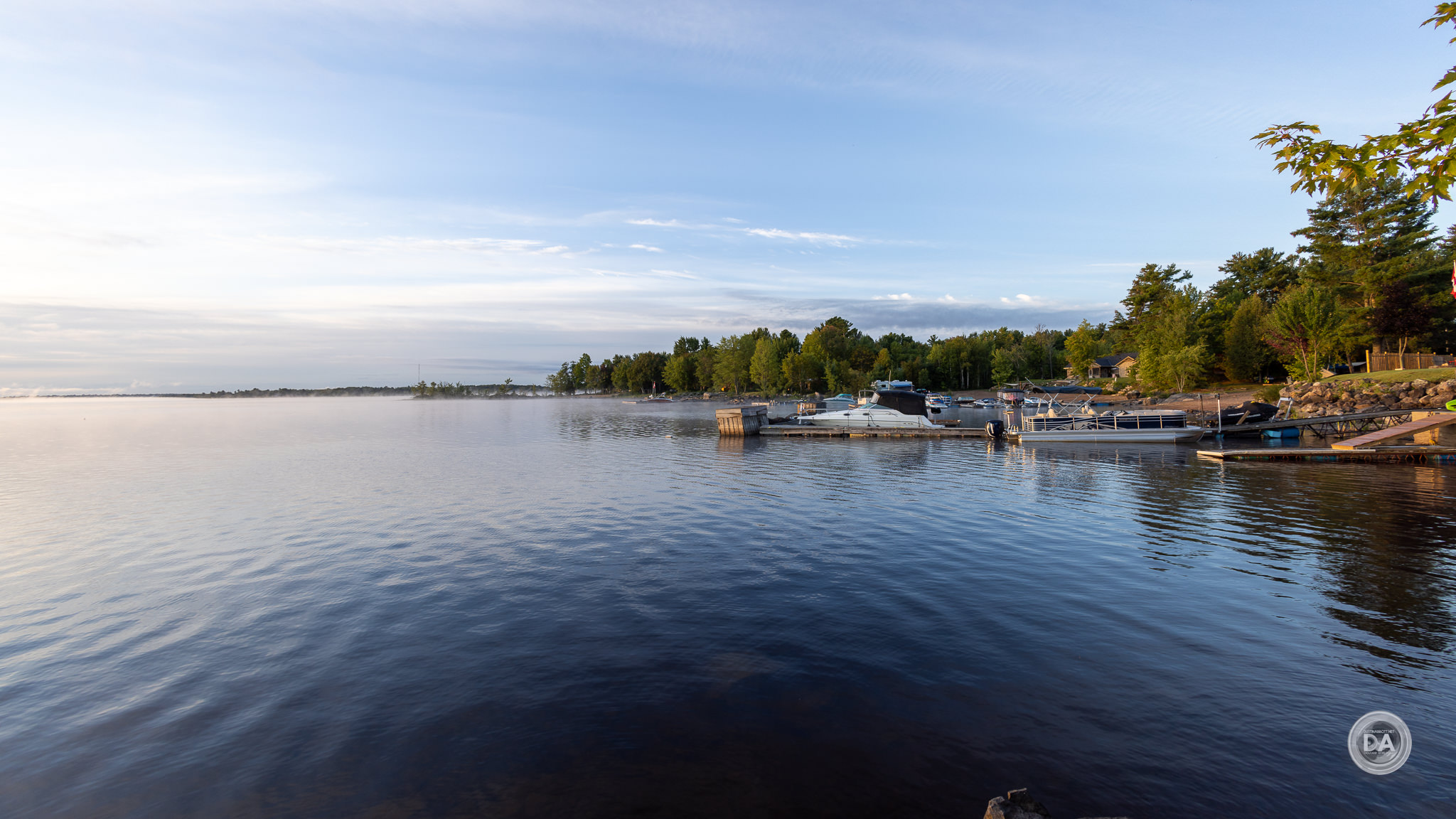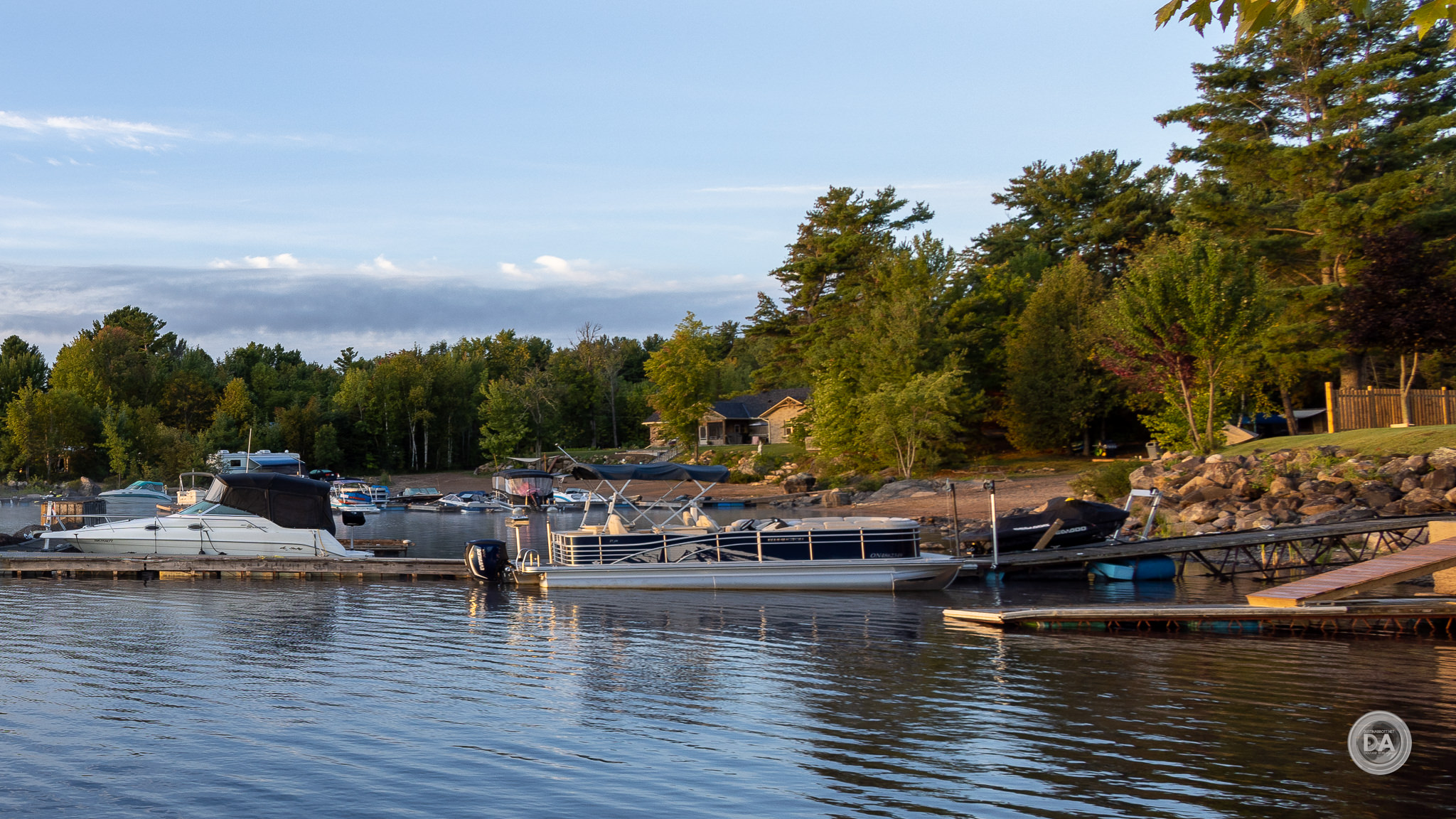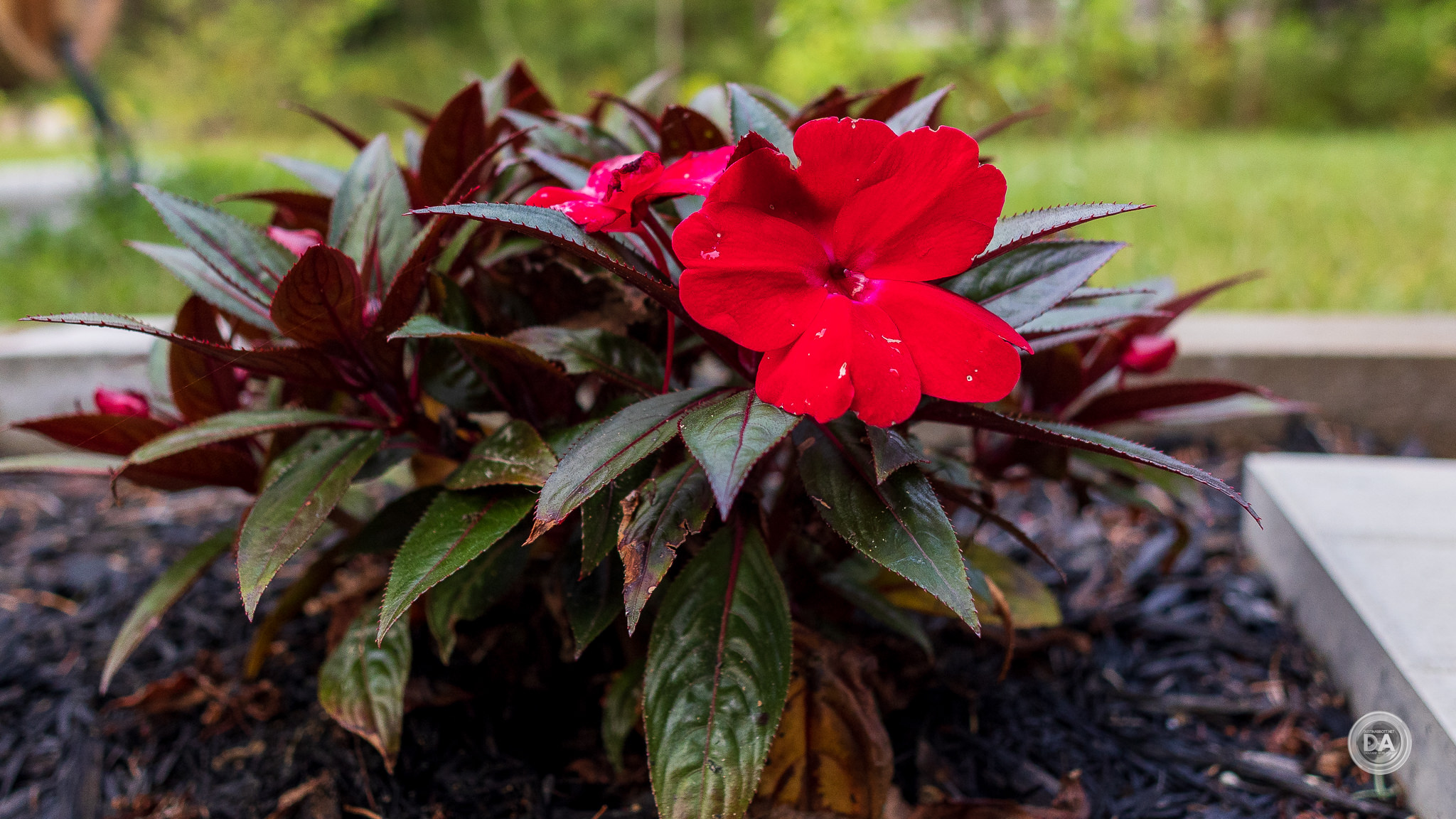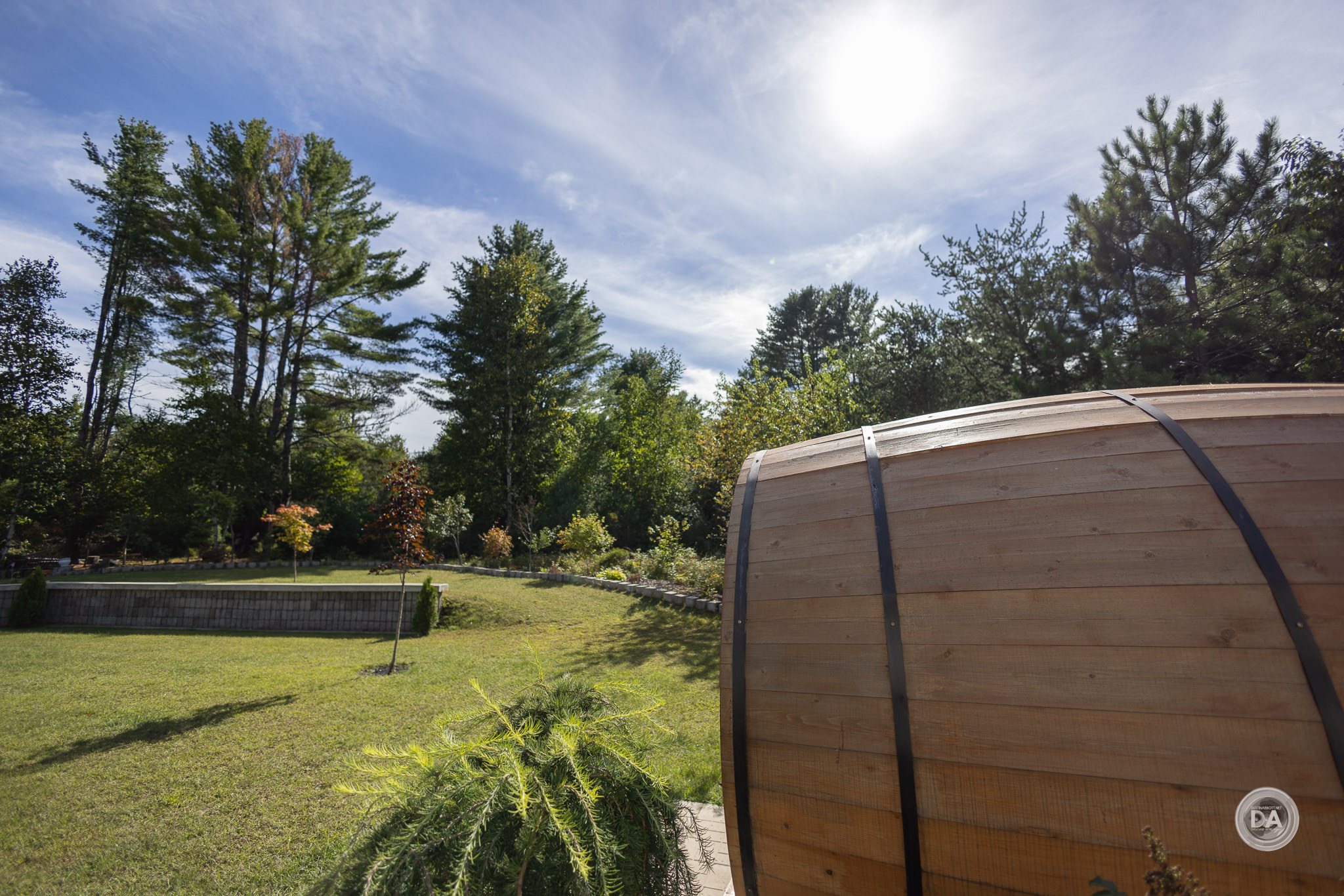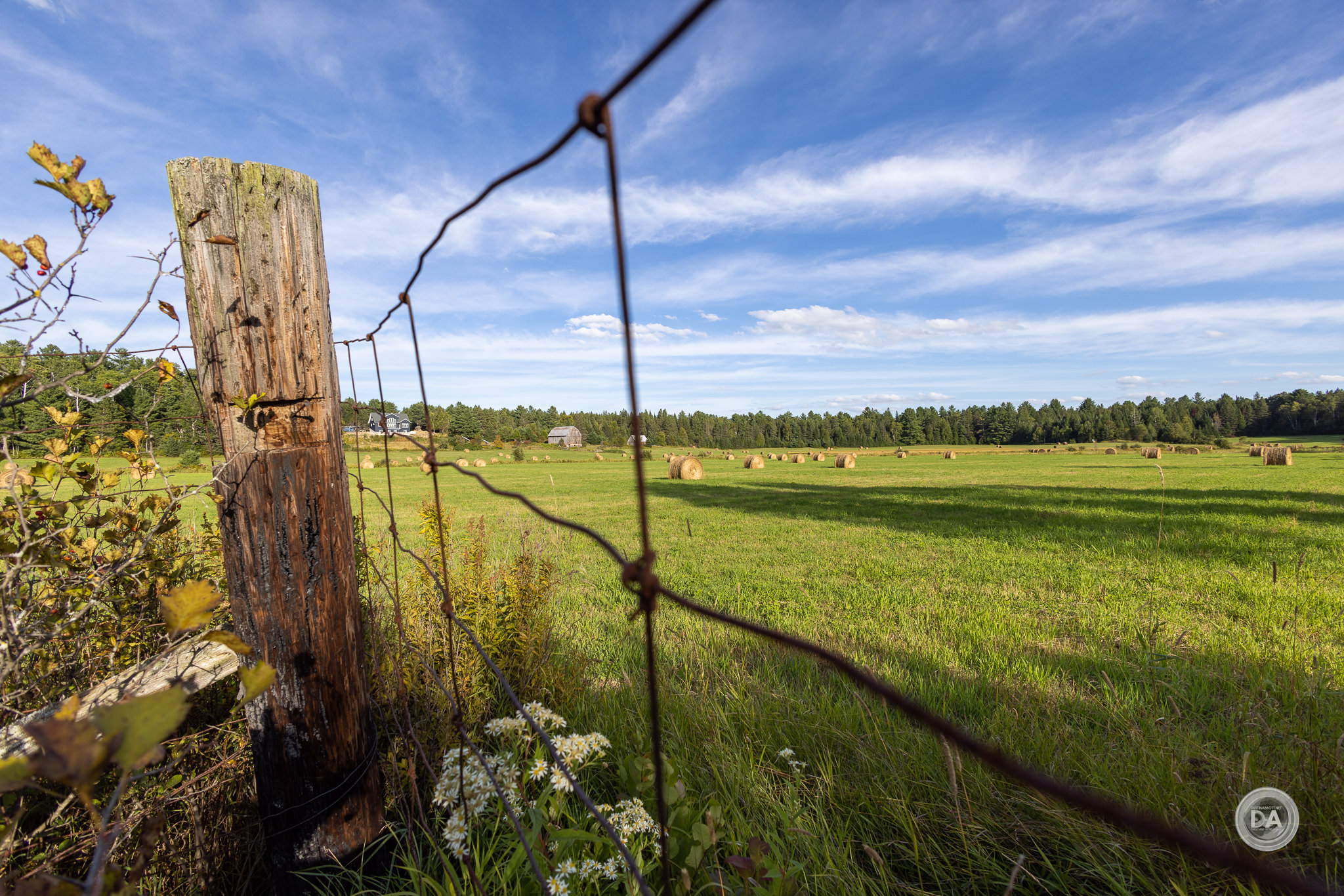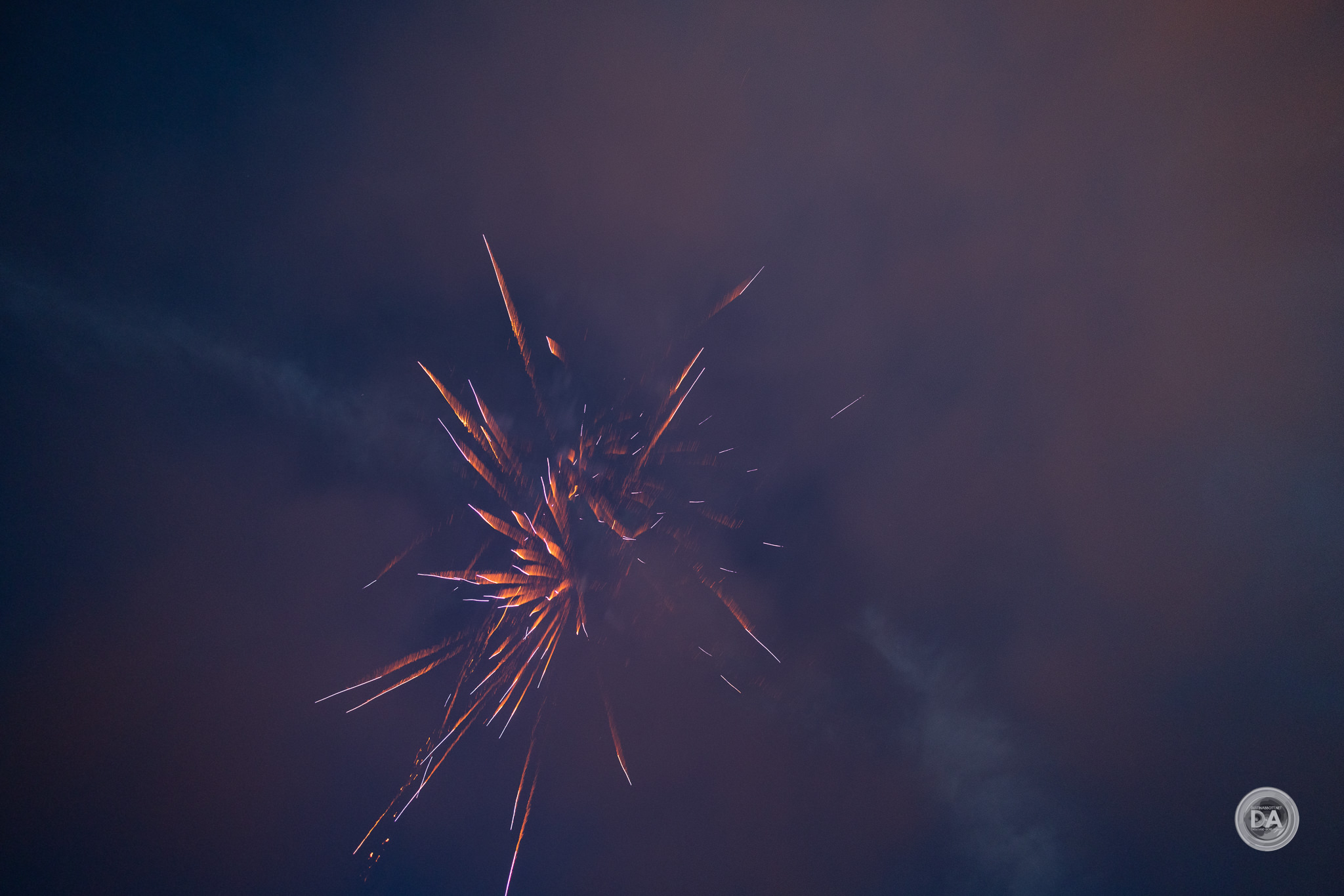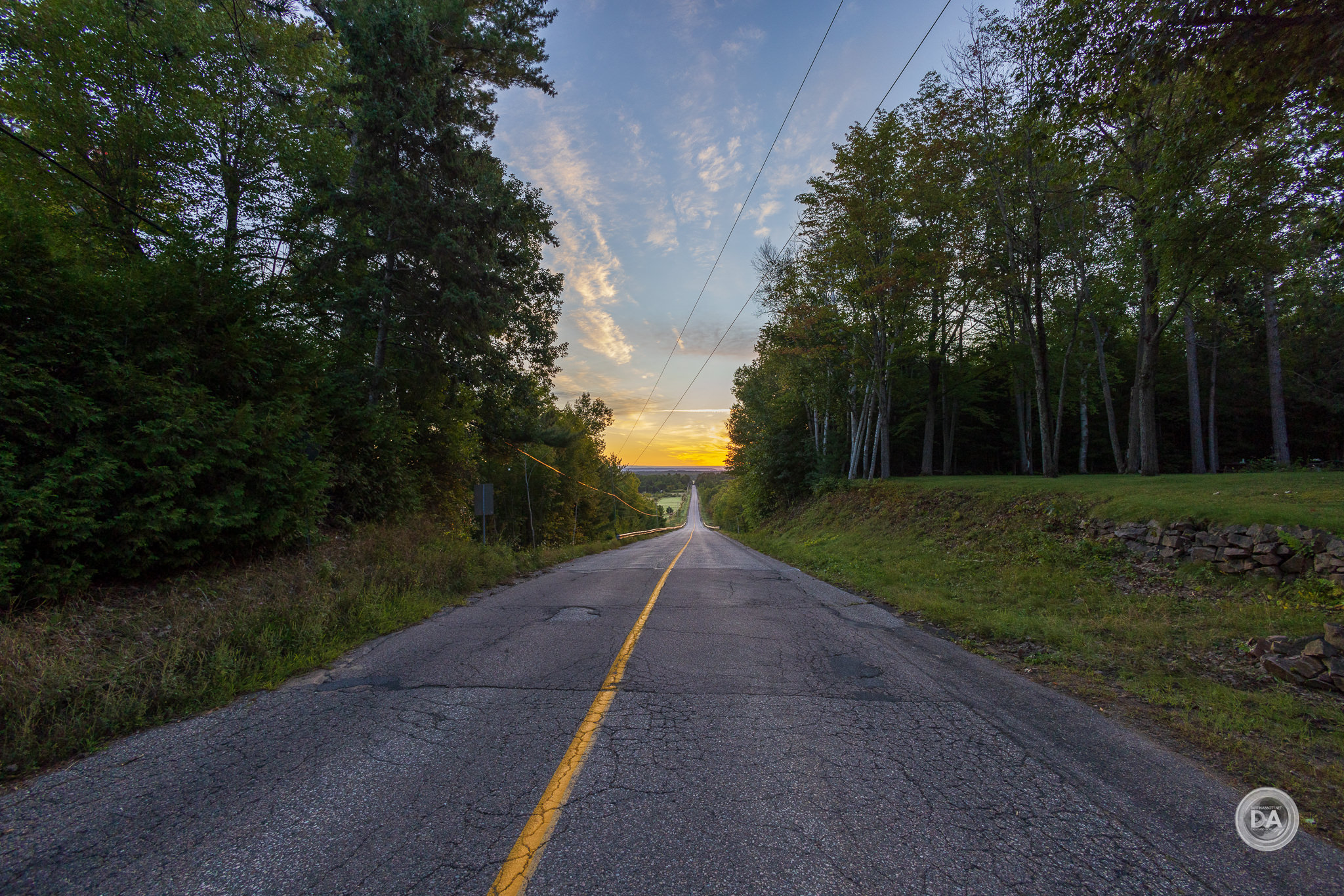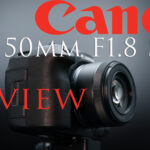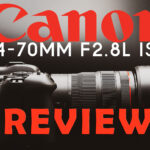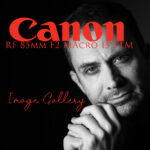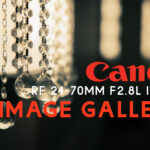Canon has been a new roll in the mirrorless space since with a run of amazing cameras that began with the EOS R5 (my review here) and EOS R6 (my review here), and then carrying on to the high end sports model EOS R3 (my review here) and its APS-C counterpart, the EOS R7 (my review is in the process). I’ve had a bit of a love-hate relationship with Canon in the mirrorless space, though, as while I love some of these new cameras, the RF mount remains closed to third party development, which really limits lens choice. I think Canon is making a mistake here, personally, but as of September 2022 when I am working on this review, this remains status quo. That means that (for now) we are wholly dependent on Canon to provide us a variety of necessary lenses at the various price points and performance levels that a market that runs from amateurs with minimal budgets to working professionals requires. One of my primary complains has been that in many cases the lenses for the EOS R cameras have been priced higher than the cameras themselves, with few lenses under $1000 USD and the majority over $2000. Canon has slowly been addressing this with a new spate of lens releases including some more affordable options, though while there are currently 11 Canon RF prime (fixed focal length) lenses, only about half of those can be had for under $1000…and only three for $500 or less. That list includes the Canon RF 35mm F1.8 Macro IS (my review here) – Canon RF 85mm F2 IS STM when it is on sale (my review here), and the Canon RF 50mm F1.8 STM. (my review here). Fortunately we can add one more very useful lens to that list, the lens we are here to review today, the Canon RF 16mm F2.8 STM.
I was very pleasantly surprised by the announcement of the RF 16mm because of the affordable price tag ($299 USD) and the utility of such a wide focal length (108° 10′) in a very compact package that is near identical in size to the “nifty fifty” (50mm F1.8):
Canon’s engineers have shown that they are capable of producing very sharp wide angle lenses in recent years, though at the cost of certain other optical flaws – namely vignette and distortion. That very much remains true of the RF 16mm, which is unquestionably a flawed lens. But its price point and utility have proven to be significant enough for many people to overlook those flaws and still give it a hearty endorsement. Will that also be true for you? You can read this text review or watch my video review to help make that decision.
Follow Me @ Patreon | My Newsletter | Instagram | Facebook | Twitter | Flickr | 500px
Thanks to Camera Canada for getting me a loaner of the RF 16mm F2.8 STM. If you’re in Canada, check them out for a reliable online retailer. *The tests and most of the photos that I share as a part of my review cycle have been done with the 45MP Canon EOS R5, which I reviewed here.
Canon RF 16mm F2.8 STM Build and Handling
If you are familiar with the RF 50mm F1.8 STM, then you basically are already familiar with the build of the RF 16mm F2.8. The RF 16mm is a fraction of a millimeter wider and longer than the 50mm, measuring in at 1.6 (D) x 2.7″ (L) / 40.1 x 69.2 mm. It weighs 165g (5.8oz), which is only 5g heavier than the 50mm. That definitely puts these two lenses in a slightly smaller class from the other “twins” in the RF 35mm F1.8 IS Macro and the new RF 24mm F1.8 IS Macro. You can see that breakdown in this comparison:
I have to confess to a certain degree of frustration every time I review a non-L series lens from Canon, though I’m more tolerant when reviewing a truly inexpensive lens like this one. Canon persists in the pettiest forms of “nickel and diming” with their consumer grade lenses. They never include a lens hood. The EW-65C lens hood will set you back an additional $35 so I suspect that 90% of purchasers will never bother with a lens hood. As is the case with all non-L Canon lenses, there is no weather sealing of any kind on the lens or any kind of included case or pouch. These days a similarly priced Samyang lens for Sony would come with weather sealing, a hood, and a case, so I continue to think that Canon can do better.
The RF 16mm follows a very similar design language to the 50mm, with several accent rings and the diamond pattern texture of the multi-purpose ring adding some variety to the look of the lens. The outer shell is durable, resistant to marking or scratching. The new Canon RF finish is matte and lightly flocked, making it resistant to finger prints and scratching. I find that the look of the lens stays consistent (it doesn’t look one way when cleaned and unused and another if you actually take it out of the box and use it!)
One minor negative that I noticed is that there are several visible seams in the outer shell of the lens. You can see one of them right above the switch on the left side of the lens barrel:
Not a big thing, but a reminder of the budget origins even if the lens itself feels bit more upscale.
We have a metal lens mount around back and you can also see the 12 communication pins that the RF lens mount has which enable Canon to have more flexibility in lens design.
One advantage of those pins is the control ring, a new addition to RF lenses. The control ring can be programmed to several different functions in the camera body. Popular applications are for aperture control and exposure compensation.
Like the RF 50mm F1.8, Canon has a much smaller lens to work with, so instead of a simple AF/MF switch, Canon elected to go with a switch that changes the function of the control ring between whatever function you have set for the control ring (I have exposure compensation, myself) and focus. In theory this is good, but in practice the execution could be better. I would prefer that if you switched to the focus setting, the lens would automatically engage manual focus. As it stands, you have to switch over to manual focus in the camera body, and, since most lenses have an AF/MF switch, there is little reason to program one of your valuable programmable buttons to that function (though the new EOS R7 does now have a physical AF/MF switch on the front of the camera). That means jumping into the menus to make the switch, a more time-consuming process. It seems to me that having the “focus” setting always be manual focus would be the more elegant solution. You could then simply engage “control” if you want normal autofocus function.
The nice diamond pattern texture on the ring makes for nice grip and feel, however, and unlike most control rings, there is no feeling of “detents” here, so video shooters might enjoy setting the control to aperture and having a reasonable “declicked” aperture experience.
Manual focus is far from being a “Zeiss” experience. If you make a major focus change, you will experience a feeling a bit like “drag” as the focus motor provides a some resistance as it makes the focus change. Manual focus feels a little crude by modern standards, though I was able to focus with precision using Canon’s excellent “focus guide”.
Up front we have a very small 43mm filter thread which is shared with the RF 50mm F1.8.
Clearly Canon has basically leveraged the existing physical design of the RF 50mm F1.8 as a housing for this new lens. That means that we get all of the quirks of that design, but it also means we get all of its strengths.
The RF 16mm F1.8 is wonderfully compact. It really transforms even a larger camera like the EOS R5 into a highly portable platform. It is rare that a focal length as wide as 16mm is going to be your primary lens choice, so being able to bring along that wonderfully wide angle of view as an additional lens option is what is going to make this lens so attractive to many (including myself).
The aperture iris is made up of 7 rounded aperture blades which help keep bokeh circular but when stopped down provides interesting sunstars:
Canon has equipped the RF 16mm with a very close minimum focus distance of just 5.1″ / 13 cm. Since that figure is measured from the sensor of the camera (about mid-frame in the body), that means that you are VERY close to your subject about 6cm by the time you reach minimum focus:
Up close performance is pretty good, but you won’t get a very flat plane of focus. You can get up to 0.26x magnification, but with only a small part of the frame in focus.
This is definitely a useful addition, however, and allows you to get some reasonably blurred out backgrounds if you are close to your subject and background is a little further away:
The lens doesn’t have image stabilization, but I found that I was able to get very stable handheld video results using the IBIS in my Canon EOS R5 that I used for the tests. Handholding 16mm for photos has never been a problem in most situations as the wide focal length shows little motion blur. I did use a bit of motion blur creatively by dragging the shutter and capturing some sparklers in motion.
Overall I’m satisfied with the build and handling of the Canon RF 16mm F2.8 STM. There’s nothing exceptional about the build, but there isn’t anything hugely objectionable, either.
Autofocus and Video Performance
Canon has given the RF 16mm an STM motor, but frankly that doesn’t mean a whole lot anymore. I have found that the performance of STM motors varies widely in almost every facet, but most obviously in focus speed and sound. Some STM lenses are very quick and quiet and have a fairly sophisticated performance, while others feel somewhat slow and crude. The 16mm falls somewhere in the middle of the pack, with reasonably good speed, great accuracy, and some focus sound that isn’t excessively loud. I most noticed the more sedate focus speed when doing video focus pulls which are not particularly quick and have a noticeable lag from when you select a new focus area to the time that focus actually takes place. If you watch the AF section in the video review you can definitely see the lag when I take my hand away from covering the camera and it locks back to my face.
On a positive note, however, eye AF works very accurately and makes this an appealing option for vlogging and moving with the camera an arm’s length away. I found that even just handholding the camera and lens (EOS R5) made for a fairly stable and natural environment for moving around in.
Like RF 50mm F1.8, the RF 16mm is a front focusing lens (the front group of elements moves forward and back). It is not internally focusing and will extend about 1 cm when focused to it’s minimum (macro) limit. You will probably want to enable the setting on your camera that will retract the lens when powering down the camera, as the extended barrel feels a bit vulnerable.
Most focus changes for stills happen quickly and without much drama. The lens is not completely silent in focus, but sound is minimal. And, most importantly, I saw very good focus accuracy.
I shot after dark with the lens and found that focus continued to be confident.
General purpose/walkaround results proved to accurately focus and deliver very good results.
Canon’s best focus results come from their linear style Nano USM motors, which this lens doesn’t have. There are little glimpses of the budget nature of the focus system here and there, but for the most part the lens got the job done.
Canon RF 16mm F2.8 STM Image Quality
On paper, the MTF charts from the RF 16mm F2.8 STM don’t look incredibly good, with a very sharp center but a strong drop off as move towards the periphery of the frame.
A lot of this can probably be attributed to the impact of having to correct A LOT of barrel distortion and vignette, though good profile support helps the corners to look a little better in real world use. For most things, however, I felt that real world results where stronger than what the MTF chart suggests, with nice detail in many of my “big” images.
But we’ll take a closer look at performance, starting with the elephant in the room – the vignette and distortion.
Without correction, this is basically a fisheye lens! I had to dial in a +70!!! To correct the barrel distortion bulge, and, even then, there is an obvious mustache pattern left to the distortion. This is close to being the highest figure I’ve ever had to use for a manual correction. Likewise I had to max out the vignette slider in Lightroom to correct for the vignette. The good news is that as a first party lens, it receives “Cadillac” profile treatment. The correction profiles in camera (JPEG and Video) are augmented by excellent profiles in Lightroom and other software for RAWs.
Now, another interesting thing. I frame my chart in the viewfinder to square up with the outer lines of the test, as you can see from the JPEG result here on the right:
But if you compare it to the profile corrected RAW file you see on the left you’ll see that it is considerably wider even though the distortion appears to be corrected just fine. For some reason the Canon crop is really aggressive. RAW shooters are going to get a much wider angle of view, for some reason. I wonder if Canon crops off part of the edges of the frame to help corner quality on the image?
Because of so much correction you are going to want to be very careful about putting people near the edge of the frame. They will get stretched in very strange ways…and they won’t thank you for it. See how stretched the young man is in the foreground of this photo.
Composing with this boy nearer the middle of the frame produces a much more natural looking result.
I also found that interior lines corrected fairly well, but you will definitely get some stretching of objects near the edges after correction, which means that this isn’t necessarily a top choice for shooting interiors.
Because the correction works well, however, it will do in a pinch.
You are also always going to want to correct the vignette in most all situations, which is fine other than the fact that you can end up with some additional noise in the edges of the frame when correcting at higher vignette. Bottom line is that this is a lens (much like the 14-35mm F4L IS) which is VERY reliant on profile corrections to make it usable.
Longitudinal chromatic aberrations (LoCA) typically show up as purple/magenta fringing before the plane of focus and blue/green fringing beyond the plane of focus due to colors not being perfectly focused together. They typically diminish as the lens is stopped down to smaller apertures. I didn’t notice any significant issue with LoCA on the RF 16mm.
Lateral chromatic aberrations (LaCA) are a different story, however. They show up as fringing on either side of contrast areas (like tree trunks, for example) along the edges of the frame. Unlike LoCA, they do not improve when stopping the aperture down, but are much easier to correct for (typically a one click “remove chromatic aberrations” box in editing software). There’s a fairly strong amount of Lateral CA near the edges of the frame which don’t fully correct even with the “remove CA” option. You can see in the crop comparison that while the “remove CA” box helps, some fringing remains.
So yes, there are some optical flaws here. If you were expecting a compact L series prime for $300…you’ll have to keep looking! There are some very redeeming features to come, however, so don’t give up quite yet.
There are 9 elements in 6 groups here including an aspherical lens. Does that do the job for optical performance? Here’s a look at my chart globally at F2.8, taken with the 45MP Canon EOS R5:
The following are near 200% crops from the center, mid-frame, and extreme lower right corner.
What we find is exceptional resolution and contrast in the center, very good performance in the mid-frame, and really a quite decent corner performance. This may be helped by the fact that the JPEG in camera crop is much tighter (and is reflective of how it looked when I framed in the viewfinder:
That leaves a lot of room in the RAW image for the worst of the corners to be left out.
That bears out in real world samples, too, as detail at F2.8 is great in the center, good in the midframe, but if you get into those extreme corners things look much worse.
Still, I find a real world F2.8 landscape like this looks pretty credible. You can find flaws, but that’s pretty nice IQ for the money.
Stopping down to F4 produces some improvement across the frame with the corners getting more evenly illuminated, though corner sharpness never reaches the excellent levels of the center or mid-frame.
Sharpness peaks near F5.6, but even if we go to F8 to give the corners a better chance, you can see that they never get quite as crips as the center:
But in real world use, I’m pretty delighted by the amount of sharpness I get on my high resolution R5, and the lens would look even better on less punishing lower resolution bodies.
Here’s a crop of a flower from a wider shot, which shows nice sharpness and contrast.
While this isn’t really a “bokeh” lens due to the wide angle of view and only moderately large maximum aperture, the good close focus ability will give you a chance to play with putting backgrounds out of focus a bit, like in this mushroom shot.
You’ll note the bokeh circles have a “clipped” look to them on the edges, but through most of the frame the bokeh circles have a pretty decent quality to them. The transition zone after the mushroom looks fairly busy, though.
Canon claims that the lens has received Super Specta coatings that improve the resistance to flare. In this case, the marketing is pretty accurate, as I consider flare resistance a real strength for the lens. It gave up very little even when panning across the very bright midday sun.
I was able to shoot the night sky on a pretty good night, and the RF 16mm gets a passing grade for astrophotography. There is some comatic distortion along the edges of the frame, but I also found that the heavy vignette made it a little difficult to correct for while retaining even illumination in the dark sky.
There are better astro options out there, but the RF 16mm will certainly work in a pinch.
I would recommend that you check out the image galleries to see a greater variety of photos and get a sense of the lens performance for yourself. There are some real strengths like flare resistance, color, and sharpness across most of the frame, but the distortion, vignette, and lateral chromatic aberrations are pretty rough. I liked the lens just fine for landscape work, where I felt it delivered beautiful results for a budget lens.
I wouldn’t like it nearly as well for environmental portraiture, interiors, or architectural. Even casual group shots will need to be shot with some care so that you don’t lose friends when they get stretched to obscene proportions!
Conclusion
The title to my video review is that the Canon RF 16mm F2.8 STM is fun, flawed, and useful. It does have some severe flaws, but I love the flexibility of the focal length and the compact size of the lens. It does something that no other lens is really doing on the Canon RF platform right now, and does it at a truly reasonable price point.
The RF 16mm is not going to compete with L series lenses optically, but I also found that images had a certain pop to them that stood out when I compared them to images I was taking on the Canon EOS R7 and EF-S 18-150mm STM that I was reviewing at the same time. This image, for example, is pretty lovely.
So, in conclusion, the Canon RF 16mm F2.8 STM is not only worth buying because it is cheap, but also worth buying because it is competent. It will go anywhere with you and provides a nicely wide alternative to something like the 24-105mm or 24-70mm lenses. It would also be a great focal length counterpart if your primary lens on an outing is a telephoto, offering the option to get a wider angle of view but with a minimum of additional size and weight. It is for this reason that I’m considering a purchase even despite the RF 16mm’s many flaws.
Pros:
- Beautifully compact for such a wide angle lens
- Excellent price point
- Focus accuracy is very high
- Stable AF tracking on eyes for vlogging
- High level of magnification
- Good center and mid-frame sharpness even wide open
- Excellent flare resistance
- Good color
Cons:
- Extreme distortion
- Very heavy vignette
- Strong lateral chromatic aberrations
- Corners aren’t sharp at wide apertures
Gear Used:
Purchase a Canon RF 16mm F2.8 STM @ B&H Photo | Amazon | Camera Canada | Amazon Canada | Amazon UK | Amazon Germany | eBay
Purchase a Canon RF 50mm F1.8 STM @ B&H Photo | Camera Canada | Amazon | Amazon Canada | Amazon UK | Amazon Germany | Ebay
Purchase a Canon RF 85mm F2 Macro IS STM @ B&H Photo | Camera Canada | Amazon | Amazon Canada | Amazon UK | Amazon Germany | Ebay
Purchase a Canon EOS R5 @ B&H Photo | Amazon | Camera Canada | Amazon Canada | Amazon UK | Amazon Germany | Ebay
Purchase a Canon EOS R6 @ B&H Photo | Amazon | Camera Canada | Amazon Canada | Amazon UK | Amazon Germany | Ebay
Want to support this channel? Use these affiliate links to shop at: B&H Photo | Amazon | | Camera Canada | Ebay | Make a donation via Paypal
Buy DA Merchandise https://bit.ly/TWIMerch
Peak Design Leash Strap: Peak Design Store | B&H Photo | Amazon | Amazon Canada | Amazon UK
Adobe Photoshop Creative Cloud 1-Year Subscription
Get a discount off all Skylum Editing Software (Luminar, Aurora HDR, AirMagic) by using code DUSTINHDR at checkout:
Visit Dustin’s Amazon Storefront and see his favorite gear
Purchasing your gear through B&H and these links helps fund this website and keeps the articles coming. You can also make a donation here if you would like. Visit my Amazon page for some of my gear of choice! Thank you for your support.
Purchasing your gear through B&H and these links helps fund this website and keeps the articles coming. You can also make a donation here if you would like. Visit my Amazon page for some of my gear of choice! Thank you for your support.
Receive a 5% discount on all purchases at Amplis Foto, Canada’s Leading Photographic Supplier. Please enter discount code: AMPLIS52018DA in your cart. It is good for everything in your cart, and is stackable with other coupons, too! It will take 5% off your entire order! Proceeds go towards keeping this site going and providing you with new reviews!
Use Code “DUSTINHDR” to get $10 off ($15 CDN) any Skylum product: Luminar, Aurora, or AirMagic
Keywords: Canon 16mm F2.8 STM, 16mm, RF 16, RF 16mm, Canon RF 50mm Review, STM, F2.8, RF, F/2.8, Canon RF 16 Review, Canon EOS R5, EOS, R5, EOS R5, Canon EOS R6, EOS R6 Review, mirrorless, full frame, EOS R5 Review, Canon R5 Review, Canon EOS R5 Review, Dustin Abbott, Real World, Comparison, Handling, Focus, Portraits, Resolution, High ISO, Image Quality, Sample Images, Photography, 45Mpx, 45MP, Canon, letthelightin


